Welcome!
I’m an architectural photographer.
On my van-life travels through the British Isles I’m building up a word and photo-hoard of material culture that celebrates our built heritage and contributes to a sense of place.
My van is my time-machine, it gives me fresh perspectives on our remarkable places, shared here on a weekly basis.📸🚐🏛
You can view this digest online here.
Thank You
A huge thanks to subscribers and also to those that have signed up for Membership.
The second edition of the members digest: Patina, will be out this coming Sunday and will continue on from the first words of the first chapter of my book (A Singular Point of Light).
Here's a glimpse of part of the first chapter for non-members (click the link below):
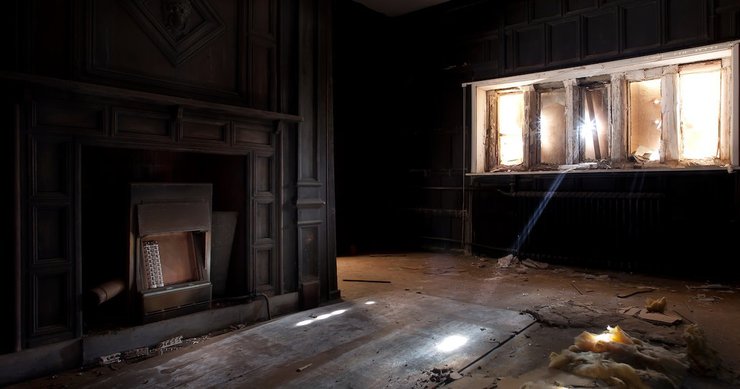
A Singular Point of Light by Andy Marshall
I'm writing a book... [more...]
Photo-hoard
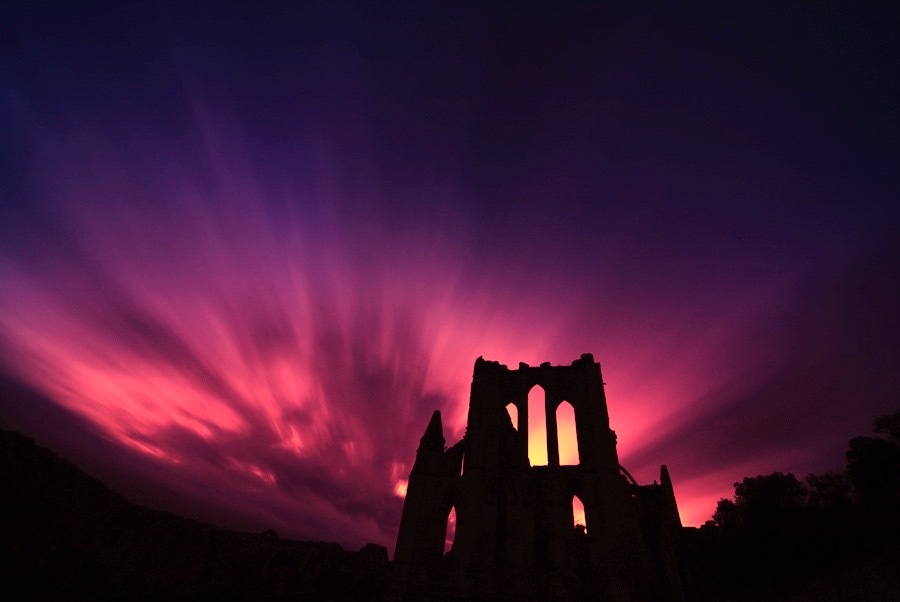
Words
“ My passion has never been for photography “in itself” - but for the possibility - through forgetting oneself - of recording in a fraction of a second the emotion of the subject, and the beauty of the form; that is, a geometry awakened by what’s offered.” Henri Cartier-Bresson
Observations
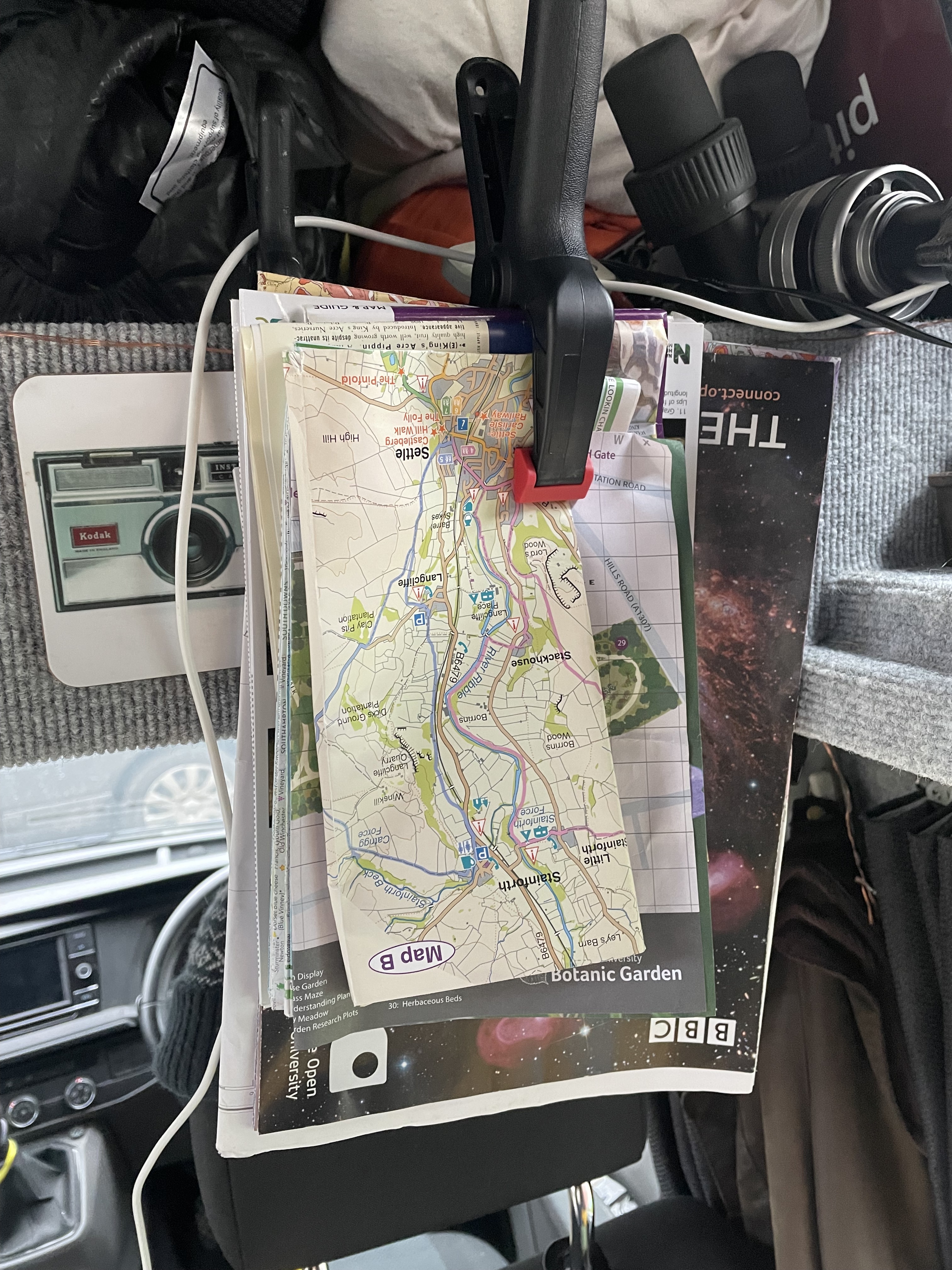
Deeply troubled by world events, I set about basic tasks in the hope that, out of this simple act, I might find something that offers up the best of humanity. So I start to organise my maps. The process begins with a kind of frozen inertia and a doubting mind: what on earth can I get out of this hapless act of self-soothing?
I’ve layered the maps together like the pantiles on a roof. There’s something about the physical act of layering information up with paper - a kind of data archaeology. It can’t be done adequately on a screen or device. Information needs to be visual, tactile and malleable for it to make sense to me.
It’s been done before, of course, by indigenous groups that add meaning to the landscape. Think of the the Songlines of the aboriginal people of Australia - each significant element of their landscape has been woven into a song-story, a memory map that still holds a complex data-set of history, morality, justice and humanity.
On my snug floor, our places become shape-shifting, blurry edged data sets.
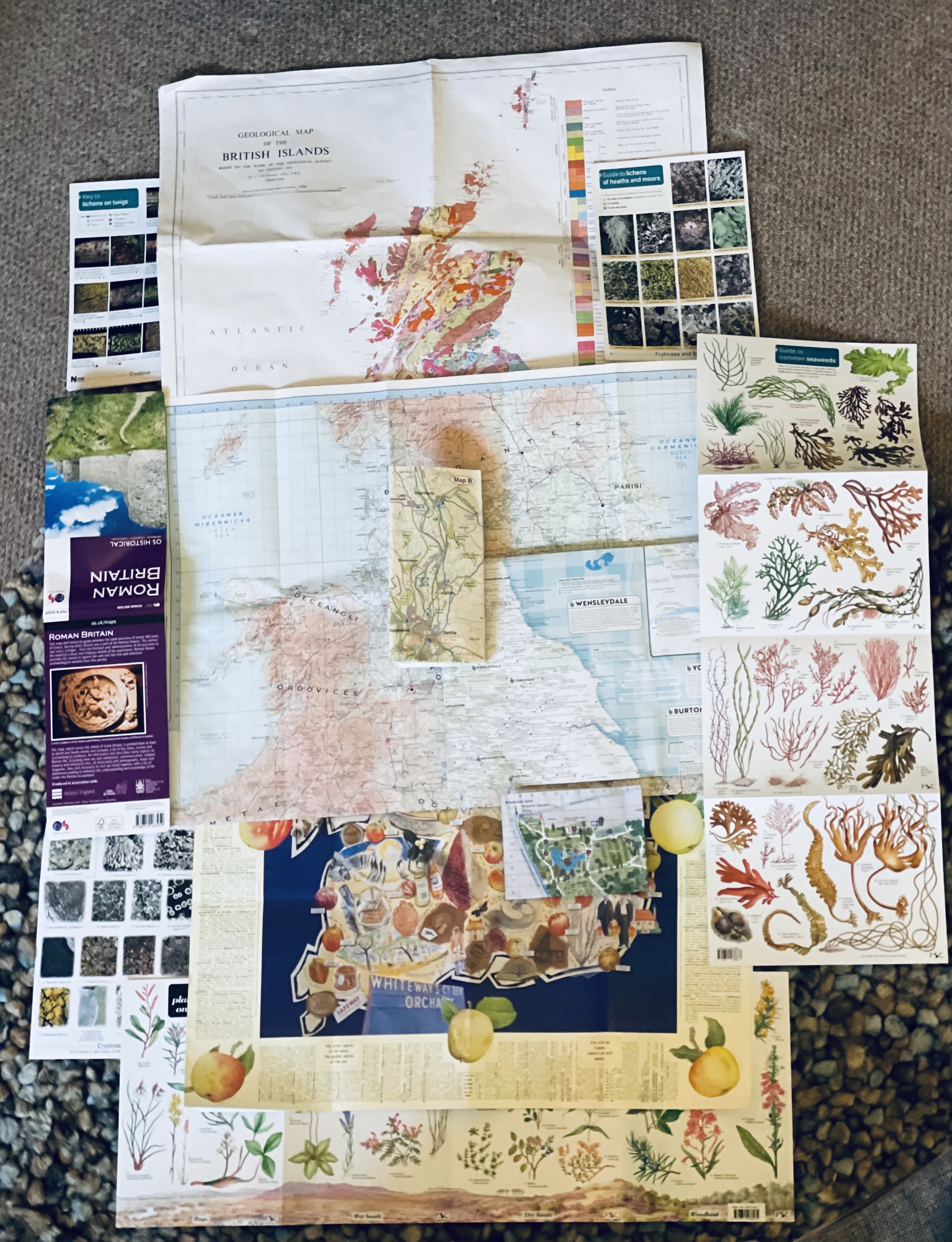
I look at my pan-tiled fuzz map. It’s like making a cake - I can choose what ingredients interest me and add them to the mix. Every interaction with my map-mix is nuanced and has its own personal flavour. I see places that are oolitic below the ground with apples called Ashmead’s Kernal above. There are food lovers in Malton during the festival, and fruit lovers at Sulgrave on Apple Day. Nearby are towns that harbour a golden lichen called Xanthoria Parietina, whose estuaries hold Twisted and Channelled Wrack. No doubt all these things have found their way into the limed mortar on the walls of the flint-knapped churches of the south, or along the arris of a hand-made clay brick in Flemish bond - so say my maps.
There are churches in Norfolk that have round towers with basket-weave windows, and town halls in Lancashire with soot-wicking ceramic facades. Romans own the spa towns, Saxons the burgh’s, the Celts the spring and yew. Or perhaps it’s a bit more complex than that, say in the places where the yew shadows the Saxon church, built on a spring full of broken swords, with a Roman shrine re-purposed as a stoop. I don’t have a map of that.
I’ve folded in some gnarled maps from an old builders manual and added some snapshots from Alec Clifton-Taylor’s Pattern of English Building. The words they use take me into a world of wattle and wonder in places that I might otherwise drive through without stopping. My quilted map forces me to stop and research these places and look closely at them.
Their walls might be part of a barmkin or bawn or they could be battered, raggled, raked or ramped. They might have fixtures with a zoological slant: a bull-nosed sill, bullseye window, catslide, catwalk, crowstep, herringbone, ratcourse, dog-leg, swan-neck or frog. For those of an anatomical bent, there are places with a profusion of dentils, groins and ribs, with details being eared, lugged or shouldered. People with a culinary disposition might visit a house in Malton with hungry joints, feasting on edge roll with egg and dart or fillet with jamb, finished off with scalloped capitals and a final dash of seasoning from a pepperpot finial. Its roof could have a hip, helm, gable or mansard. It might be covered in thatch or stone, and if in slate, it could be Burlington, Welsh Blue or Westmorland Green. Such slates might be arranged in standard or random diminishing courses, mitred or wrestled.
I look across the maps with Clifton-Taylor spectacles and hear his words:
“About an hour after leaving London, red brick gives place to stone, grey, yellow or golden brown. Whether we have set out from Paddington or Euston, from King’s Cross or St. Pancras, whether we have followed the Great North Road, the Bath Road or Watling Street, we do not have to be very observant to notice the change. Sometimes it takes place quite suddenly; at others there is a moment of transition, as at Wheatley in Oxfordshire, where old buildings of grey stone are roofed with mellow red tiles, proclaiming the proximity of both stone and clay. But presently in all these directions the change occurs.”
Every time I pull these maps and guides out - there’s a pushing aside of tables and chairs, the making of a space to ponder. Then a rustling, unravelling and stroking of paper, and the squeezing out of places caught within the folds. There’s the joy of anticipation at where this geographical mead might take me next.
Something deep inside, call it instinct if you will, tells me that we should hang onto the grit of this diversity, as if our lives depend on it. I’m not sure why, but my instinct feels right.
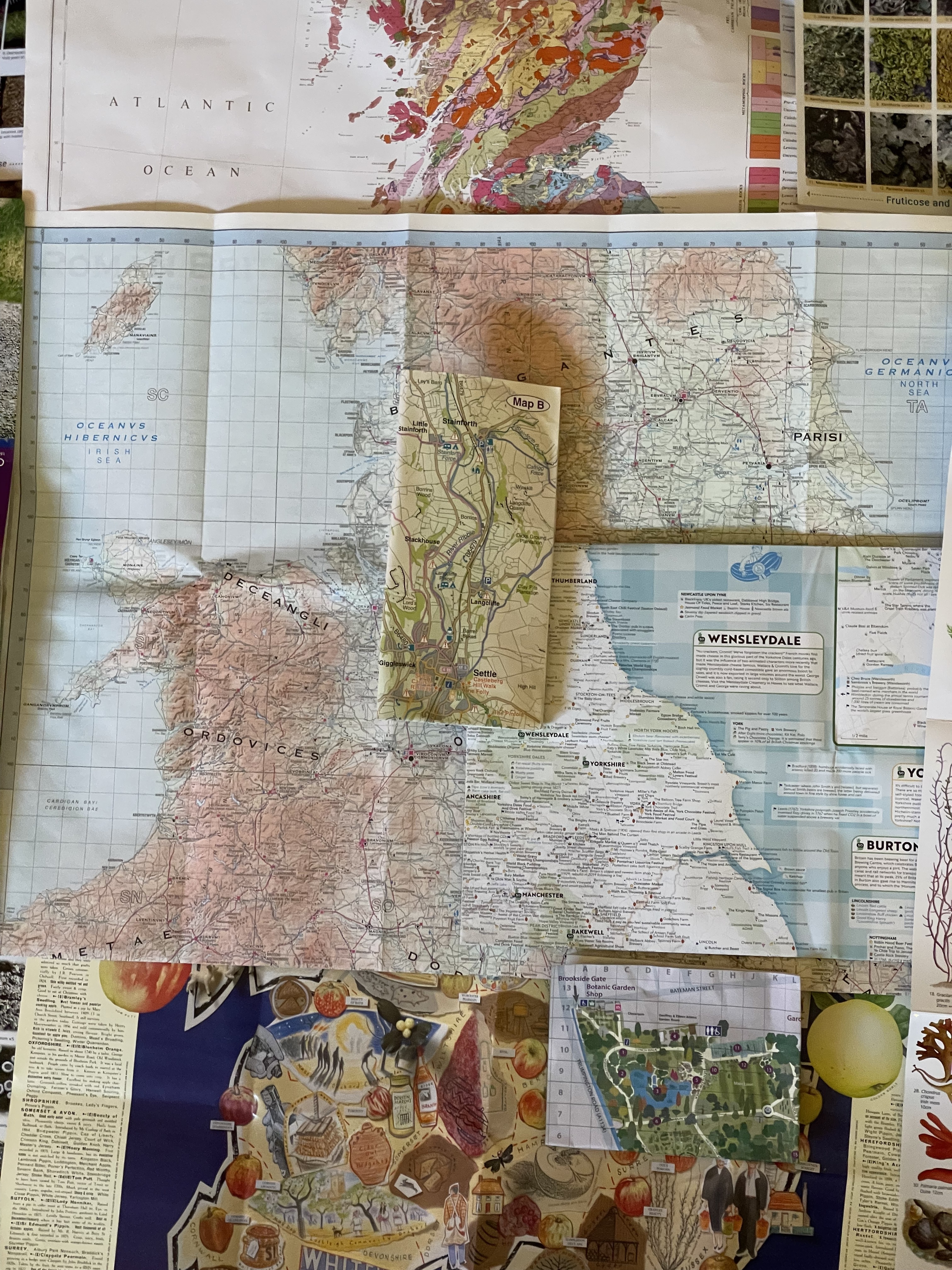
Hotspots
Radcliffe
The Spirit of Place, Radcliffe project is in full swing. It's a project that I'm heavily involved with after helping instigate the Bury Spirit of Place project. We are seeking out Radcliffe’s material culture and aiming to champion its unique identity and encourage pride of place in the town. Radcliffe is a small town in the Metropolitan Borough of Bury, Greater Manchester. Pevsner's assessment of Radcliffe is that it has suffered the scars of industry. It does have a fragmented town centre but beneath the fragmentation there's so much to treasure, including a medieval church, tithe barn and tower.
We are using the Kintsugi philosophy of filling and repairing scars with gold, thus making the place more valuable than originally. Our 'gold' is a memory map that ties together the disparate parts of Radcliffe with 'Songlines'. These Songlines will follow and connect key routes and celebrate important material culture along the way. Artists have walked the Songlines and below is an example of our first songline called the Red Cliff Songline which heads out from the parish church into the centre of Radcliffe. Researchers are finding stories about the buildings and landscapes along the Songlines.
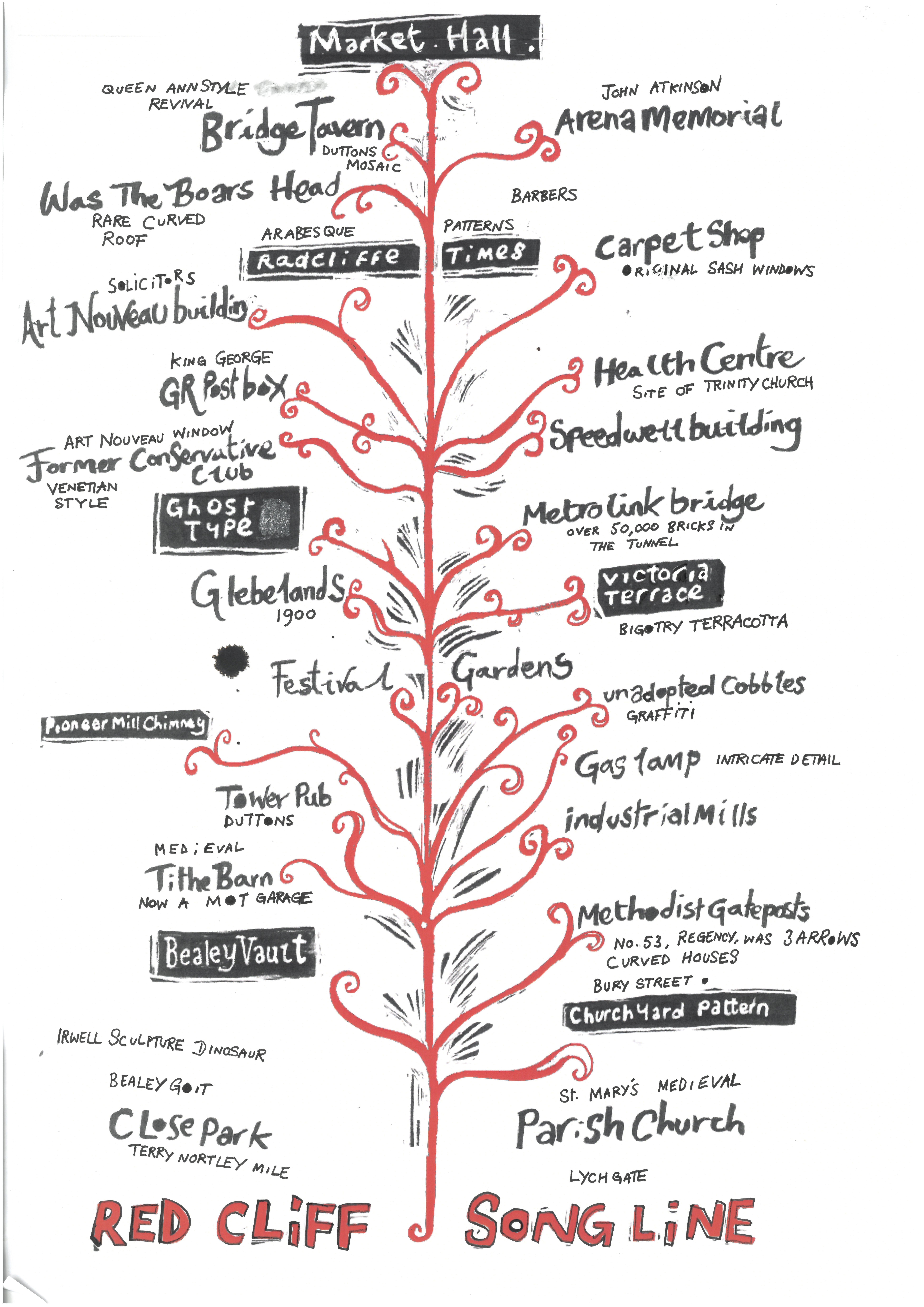
The Spirit of Place team met at Farrar's cafe in Radcliffe to review progress.
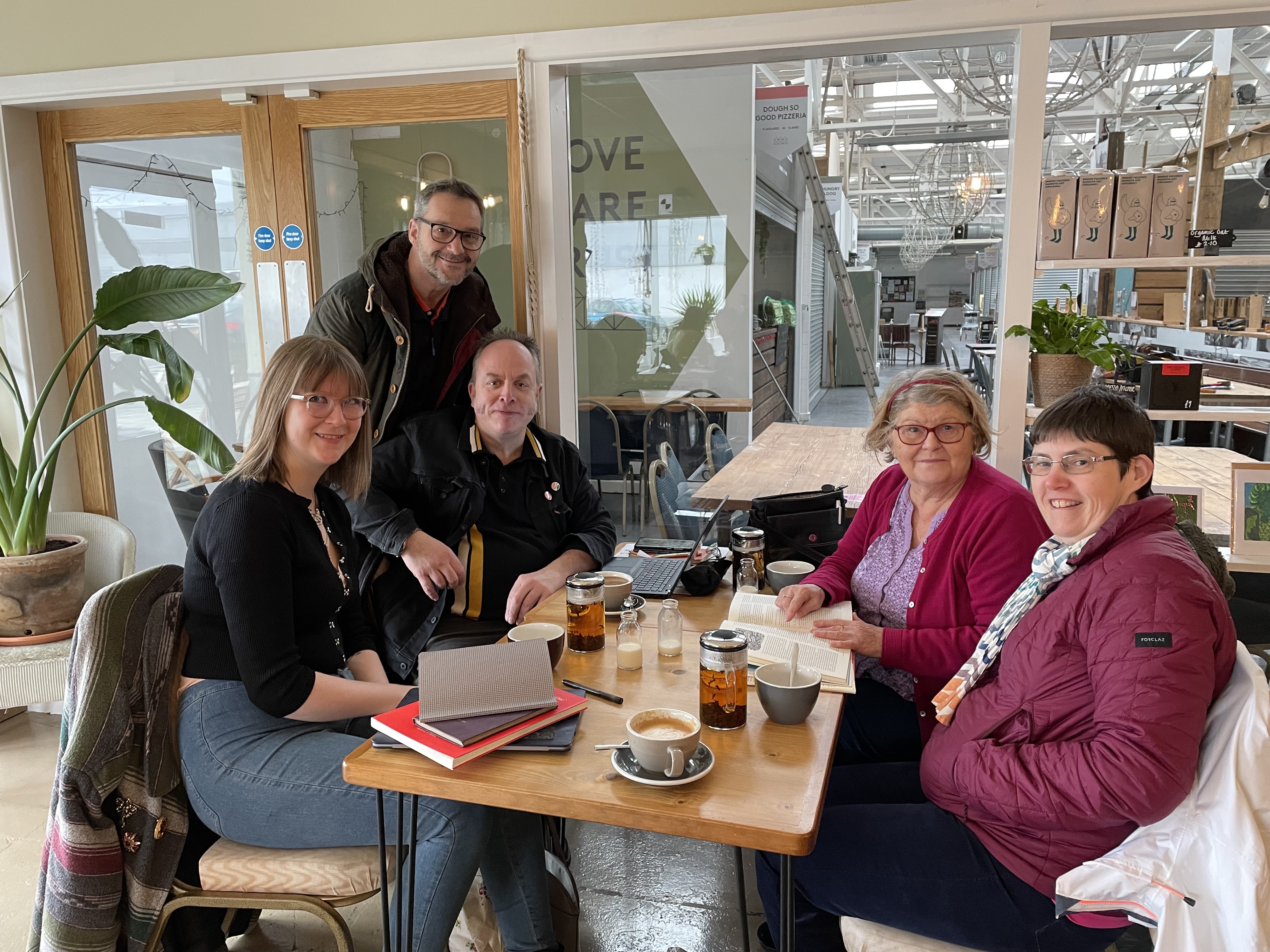
ABOVE: From left to right. Rowan Bridgwood (textile artist), Me (Project Lead), Lee Crocker (Artist and Project Lead), Kath Dawson (Historian/ Researcher) and Jo Nuckley (Historian/ Researcher).
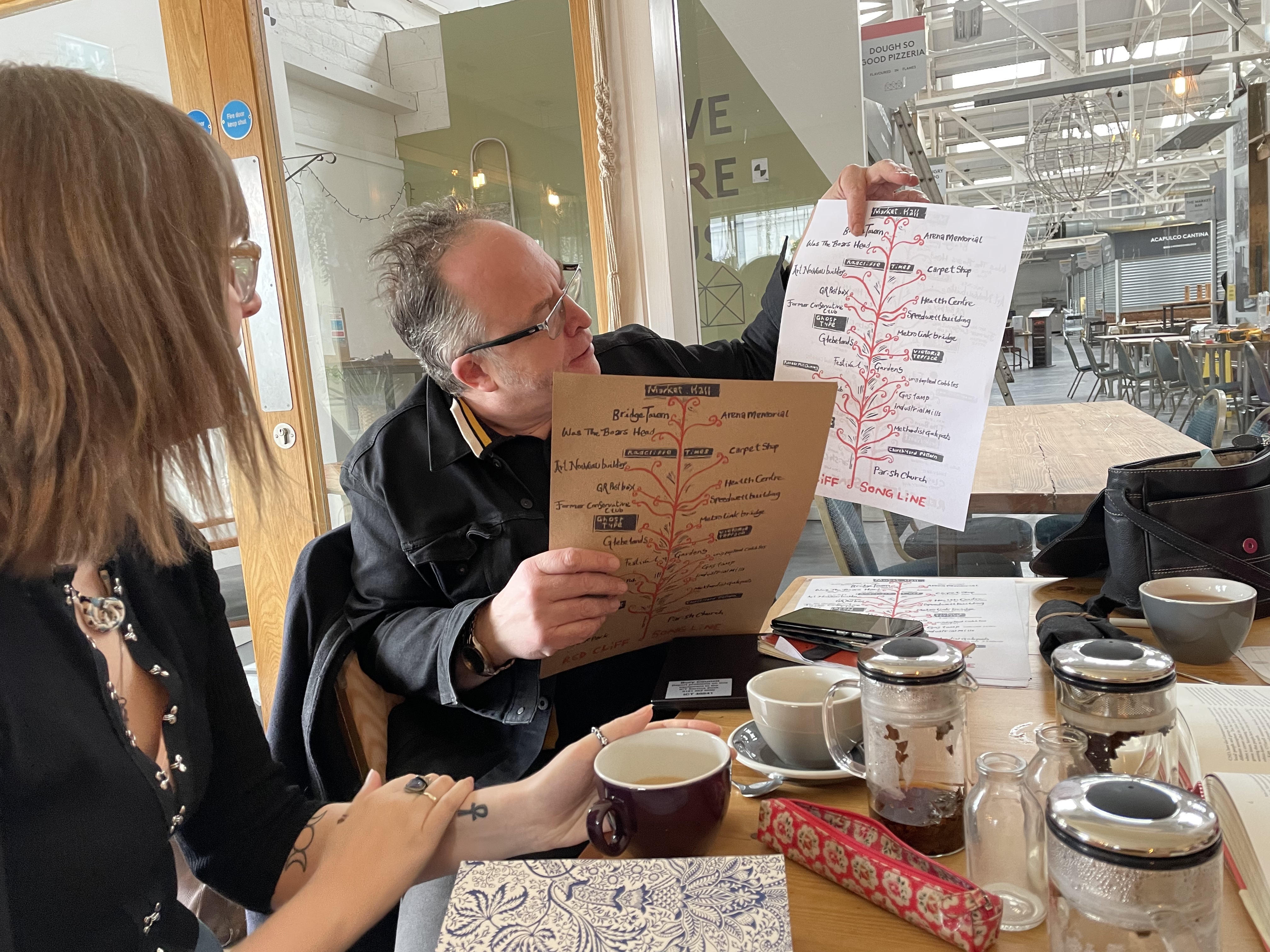
Rowan will be leading a series of workshops in the town to help create a textile memory map of Radcliffe. Here she explains the logistics behind the workshop whilst Lee wrestles with a bottle of milk.
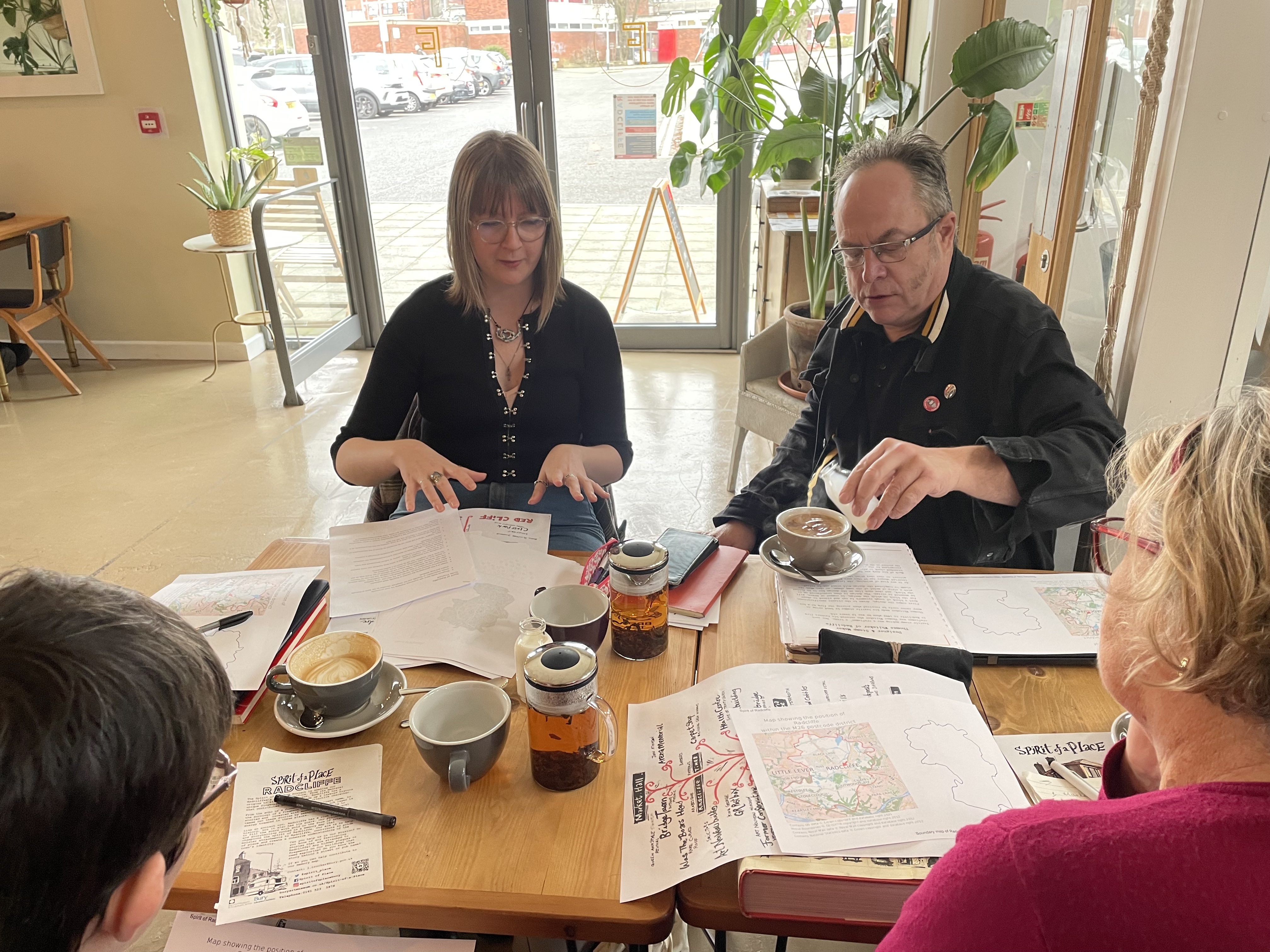
More about the Songline project here
Lincoln Cathedral
The townscape around Lincoln Cathedral is a harmonious mix of buildings that pay deference to the cathedral. The walk through the Exchequer to the west front is experiential. The new visitor centre gets you cheek by jowl to some of the original Romanesque sculptures from the west front.
One of my favourite parts of Lincoln Cathedral is the Russel Chantry with murals by Duncan Grant. Try and visit this sacred space on a sunny day.
The other must see item is the font - C12th Flemish craftmanship - a rare and wonderful work of carving.
All photos shot on iPhone - unless stated.
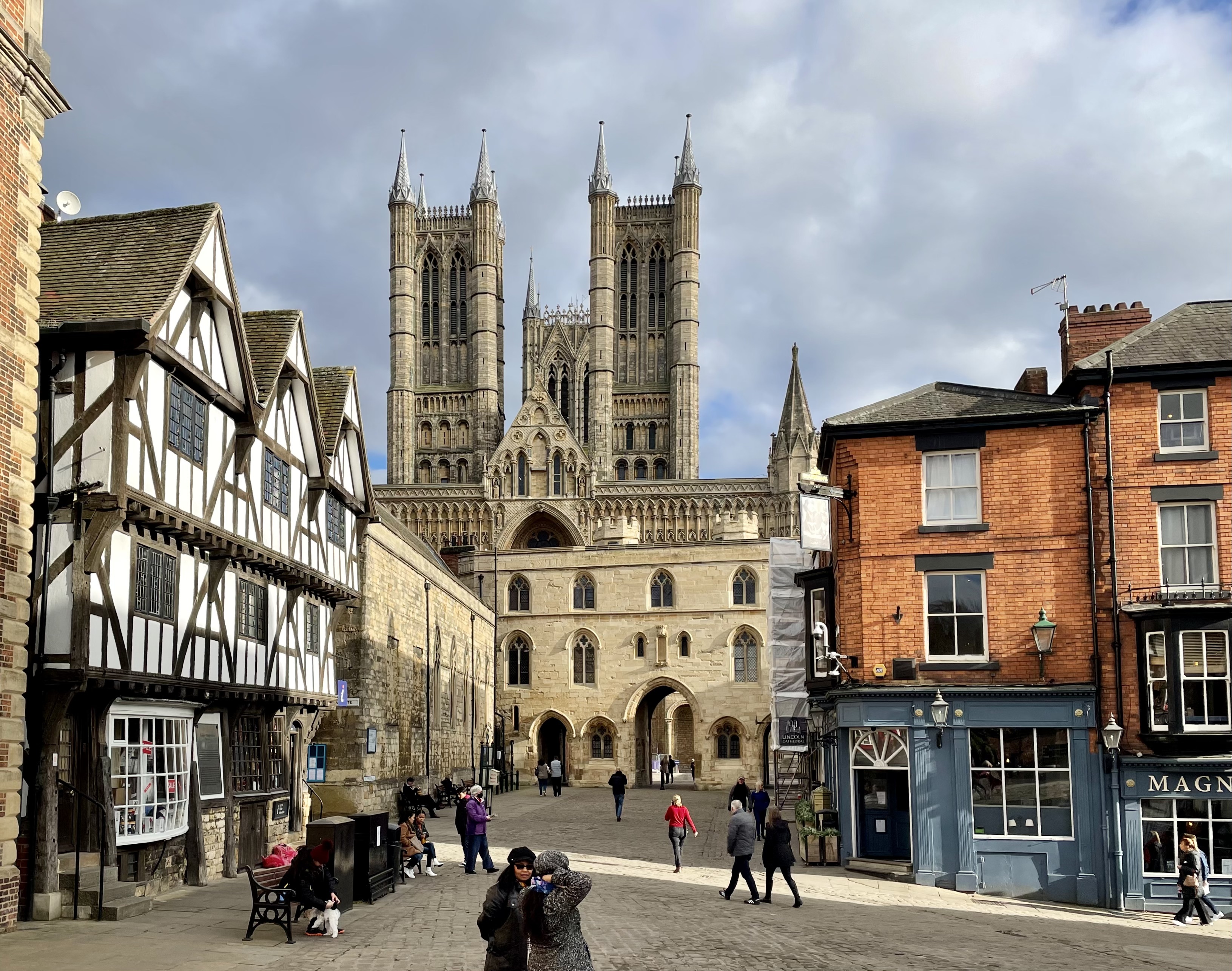
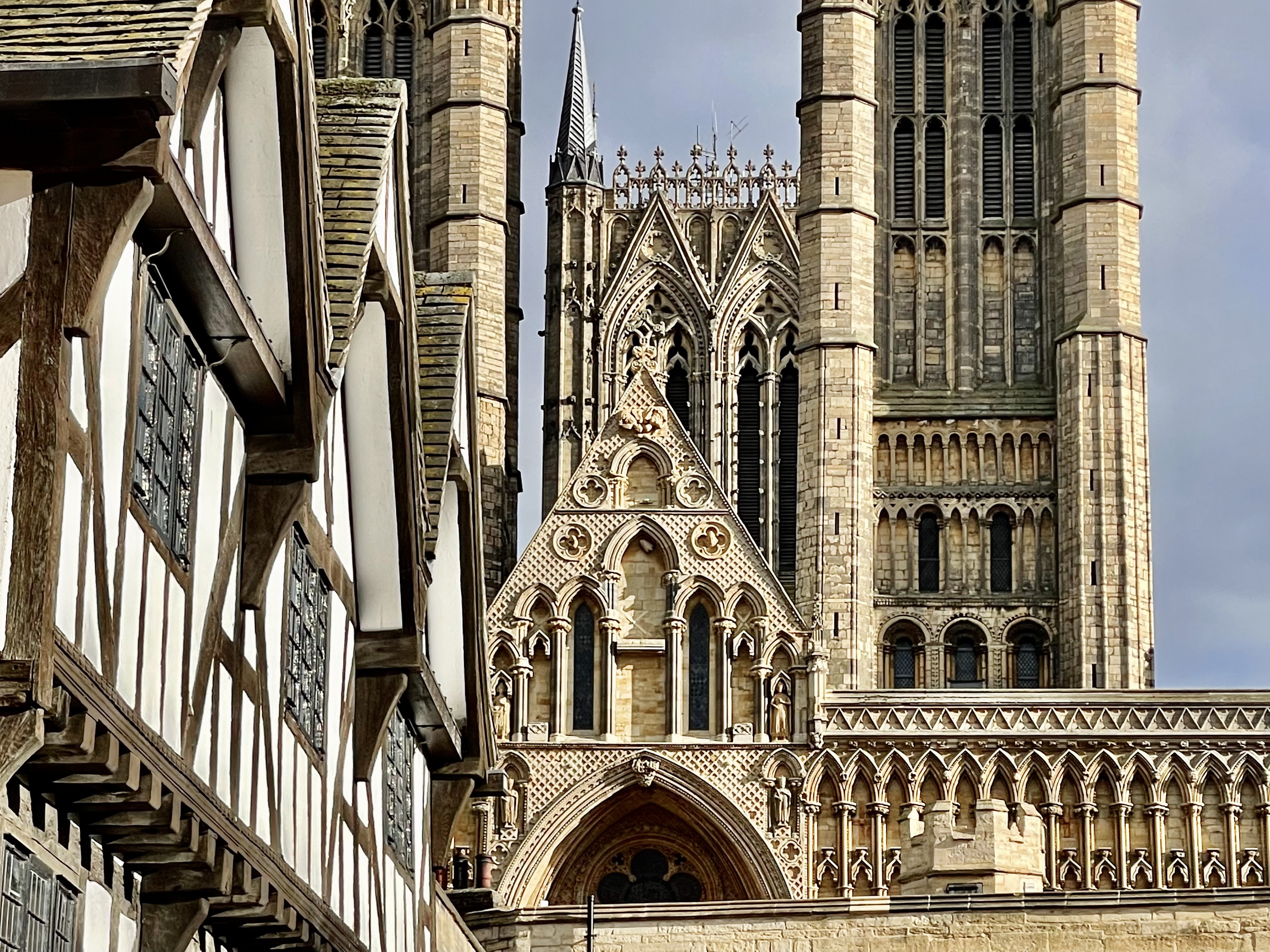
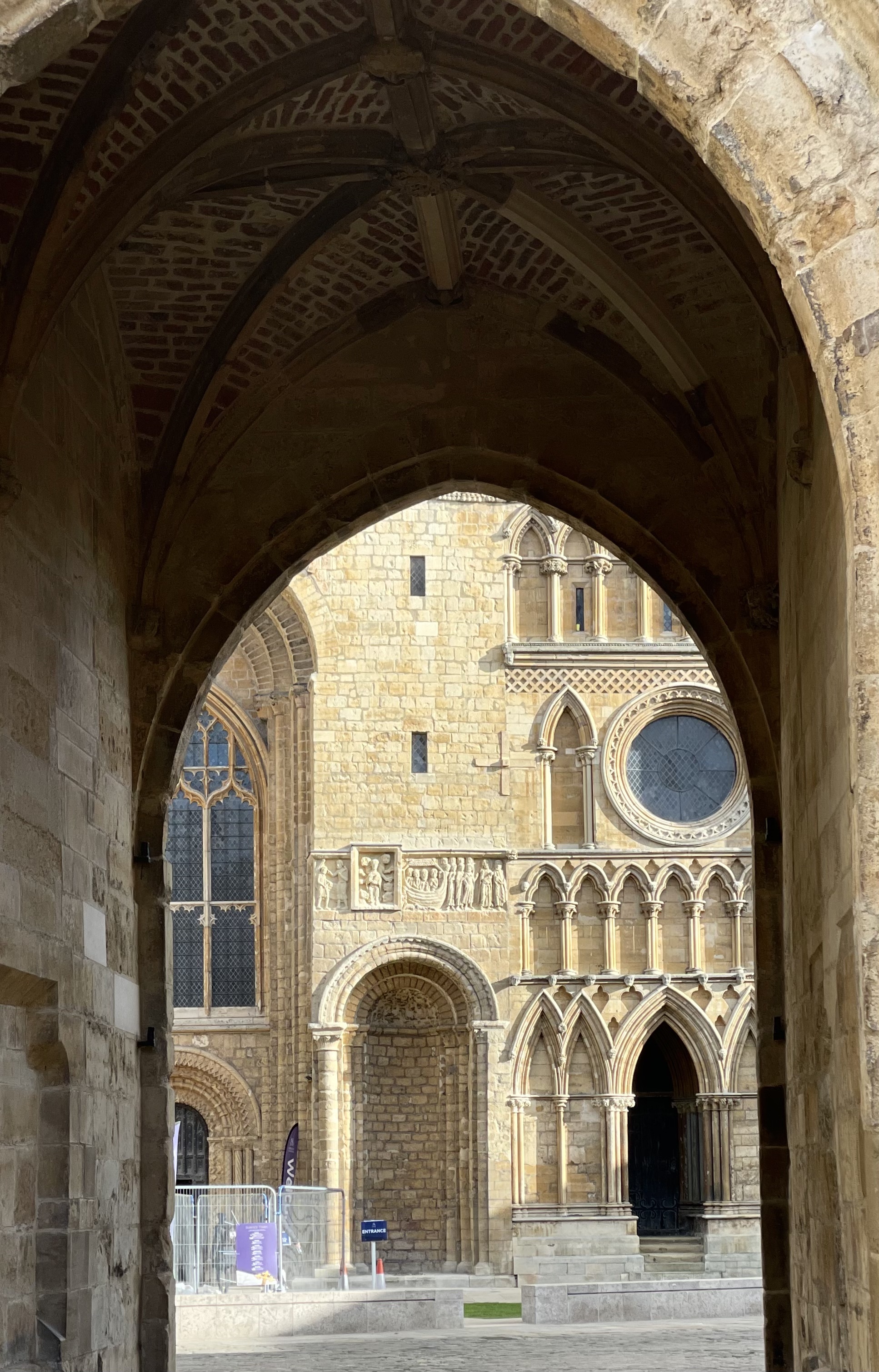
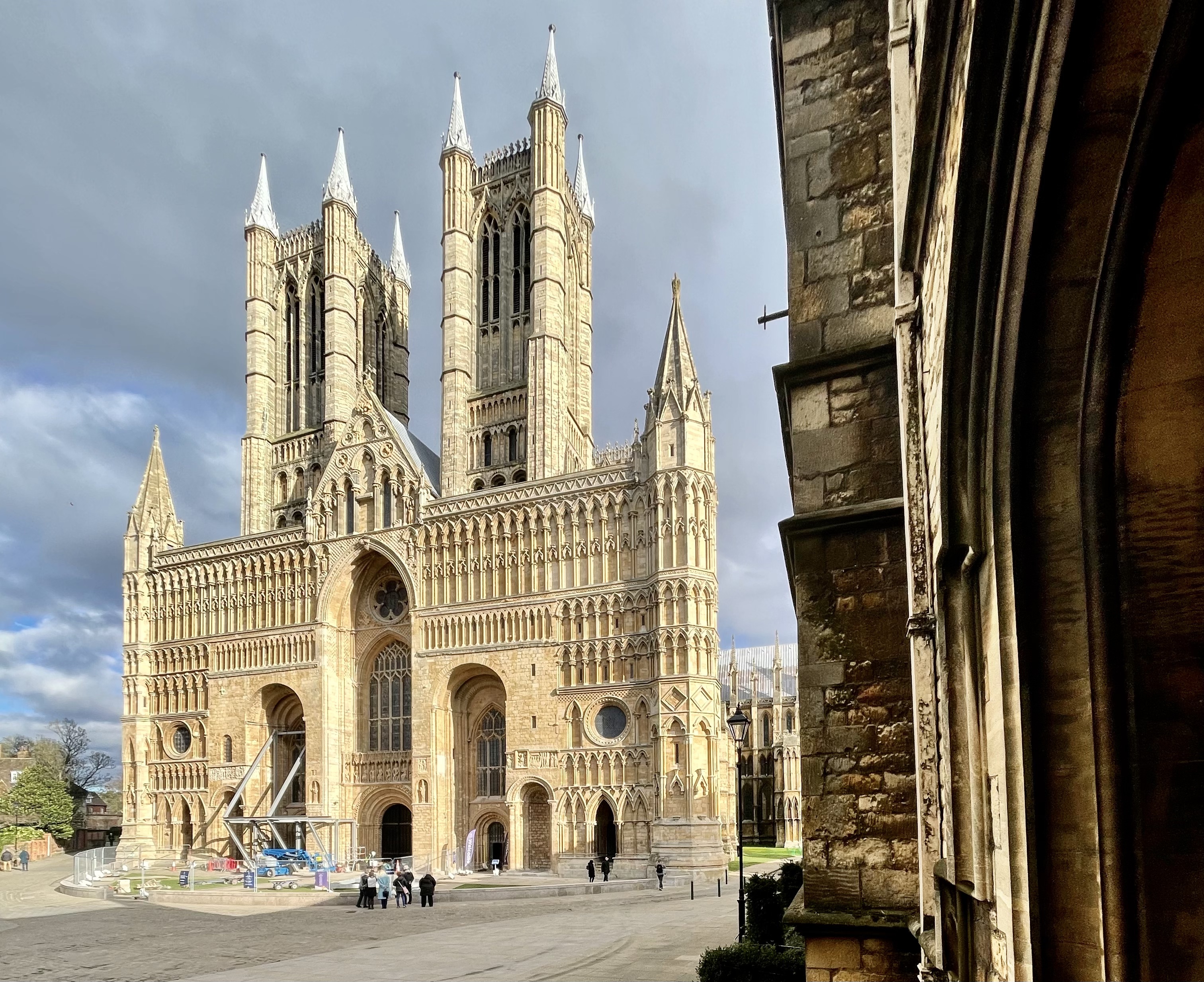
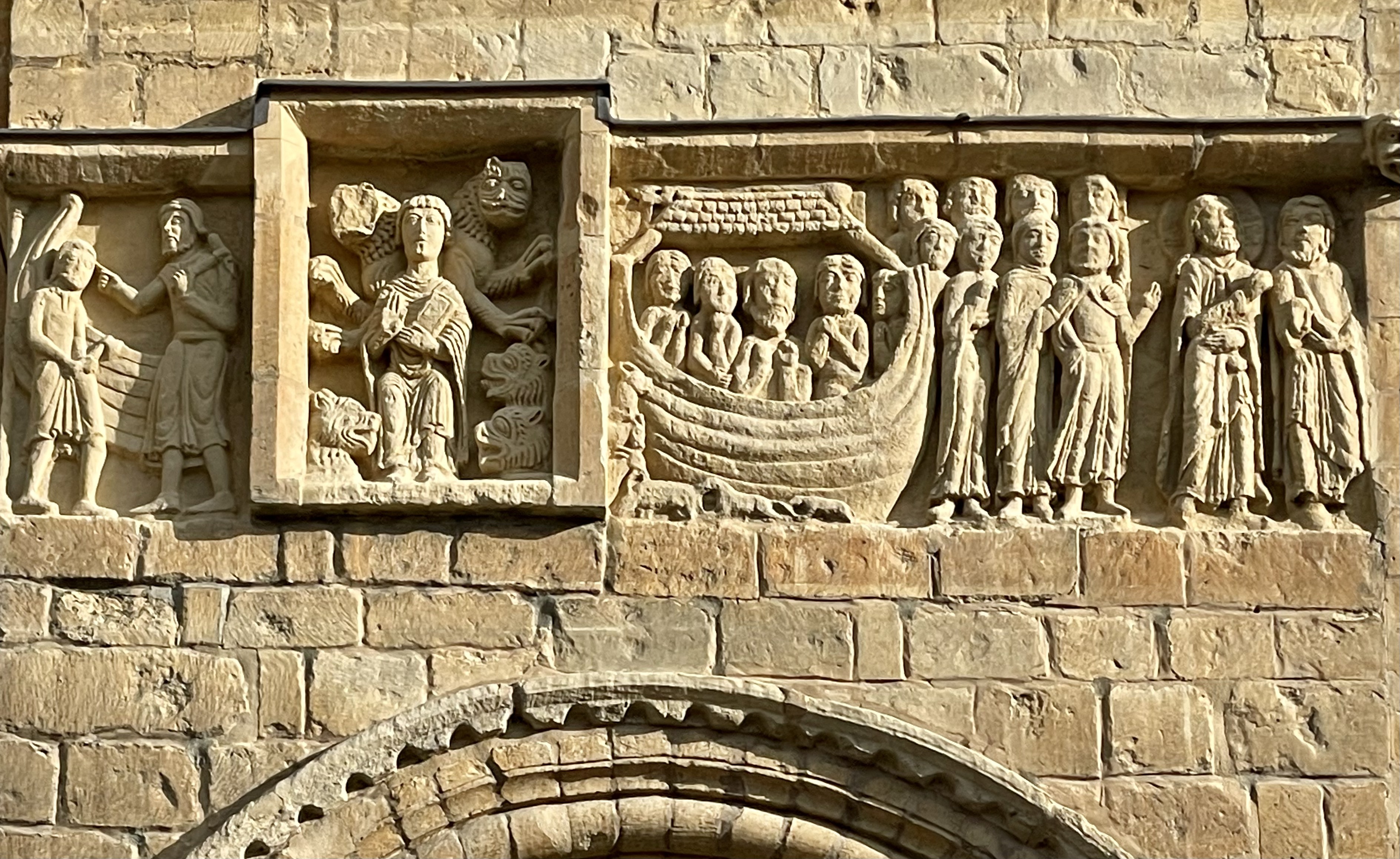
Luke Jerram's Museum of the Moon at Lincoln Cathedral on until 27 Feb.
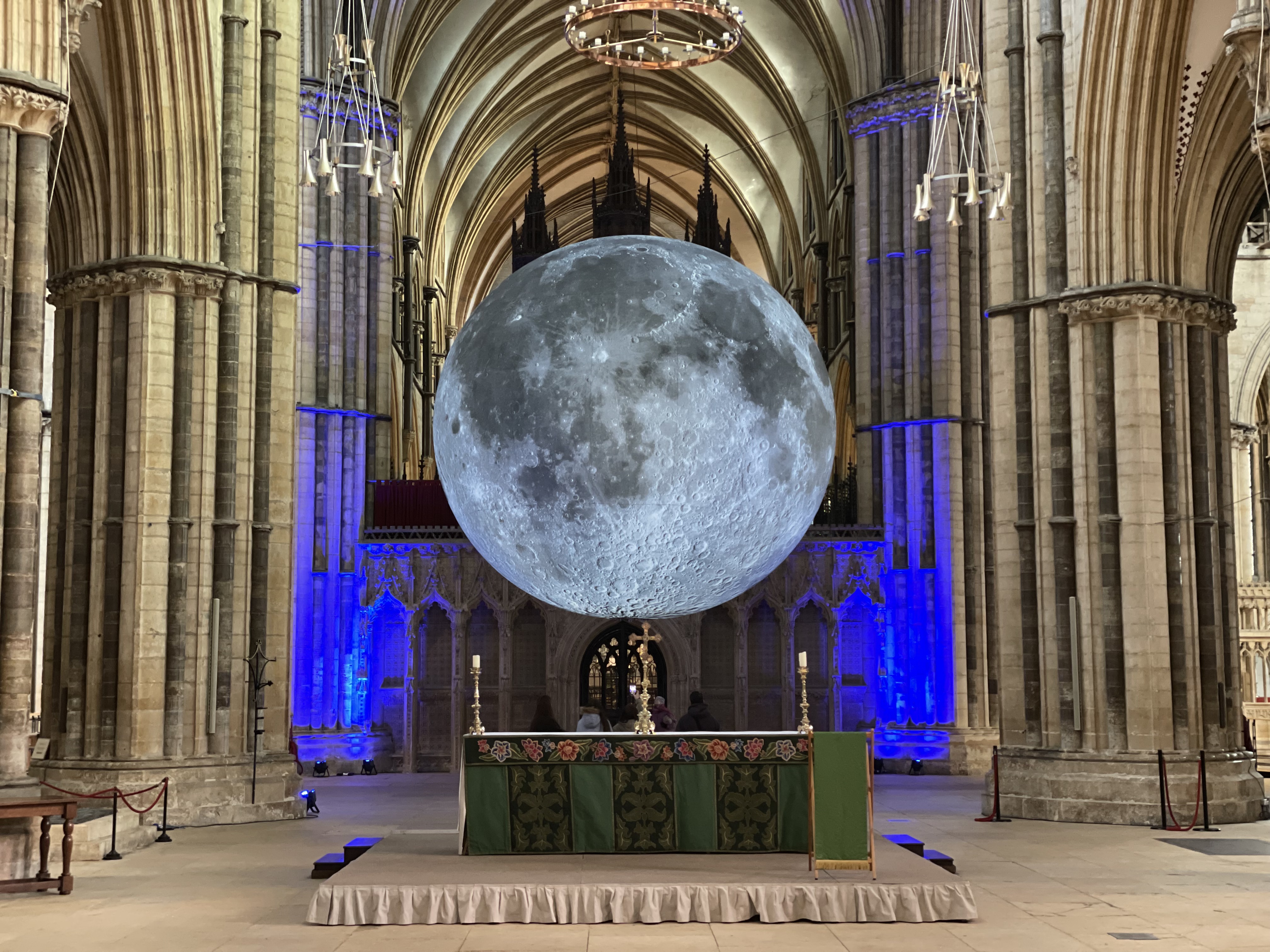
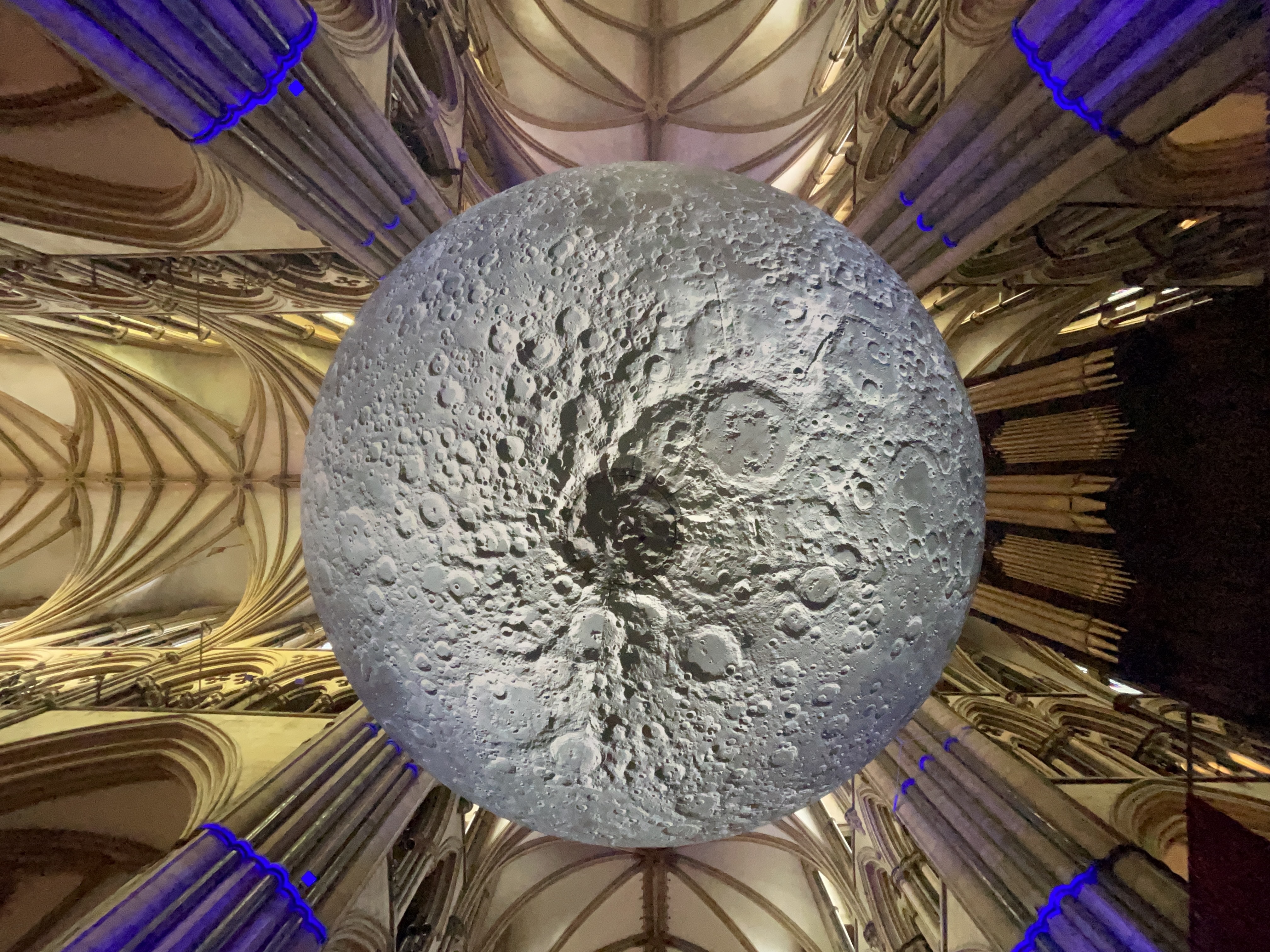
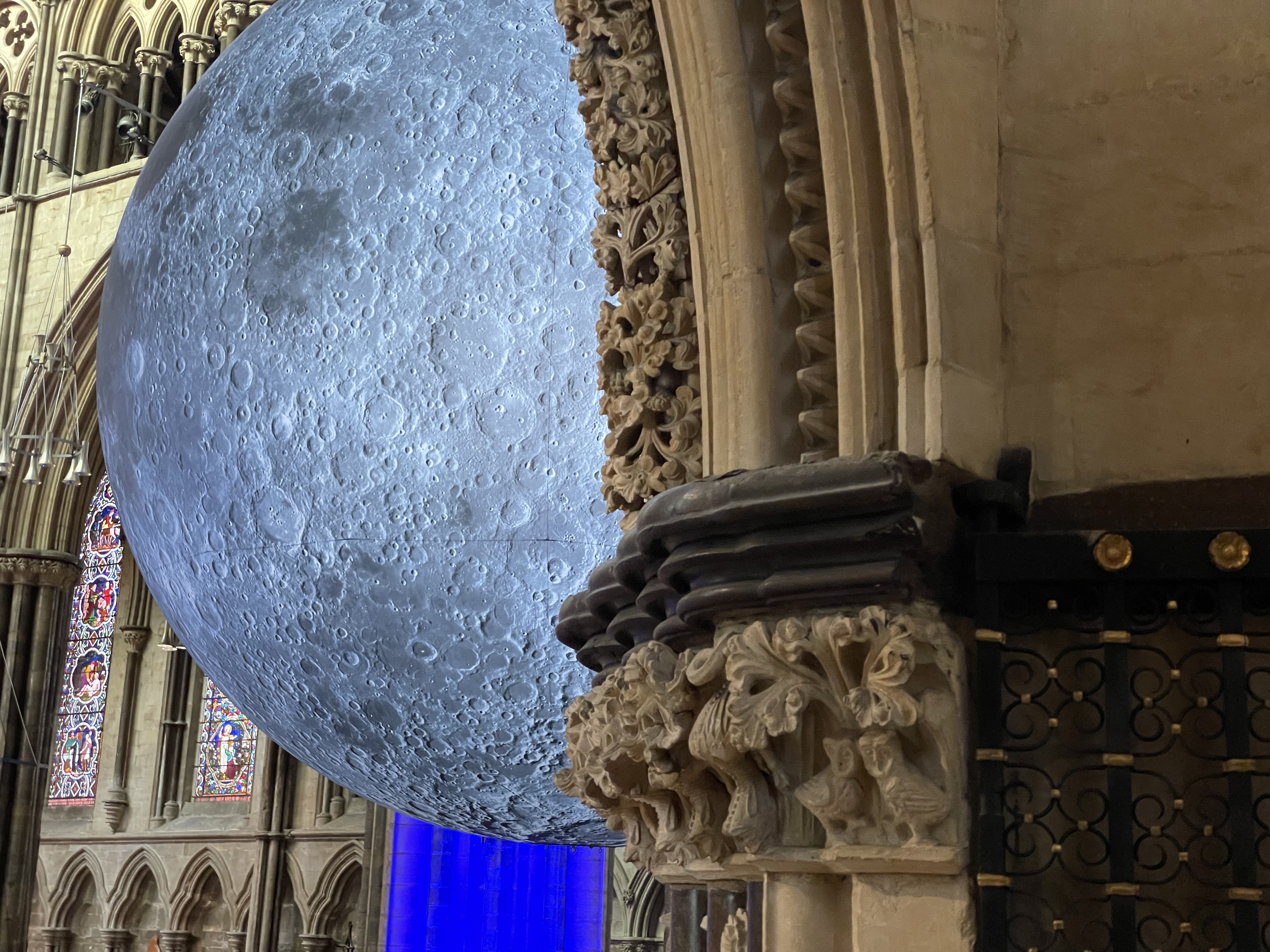
The Chapter House (a photo from a previous visit - taken with Canon 5DMk1V and 24mm tilt shift lens).
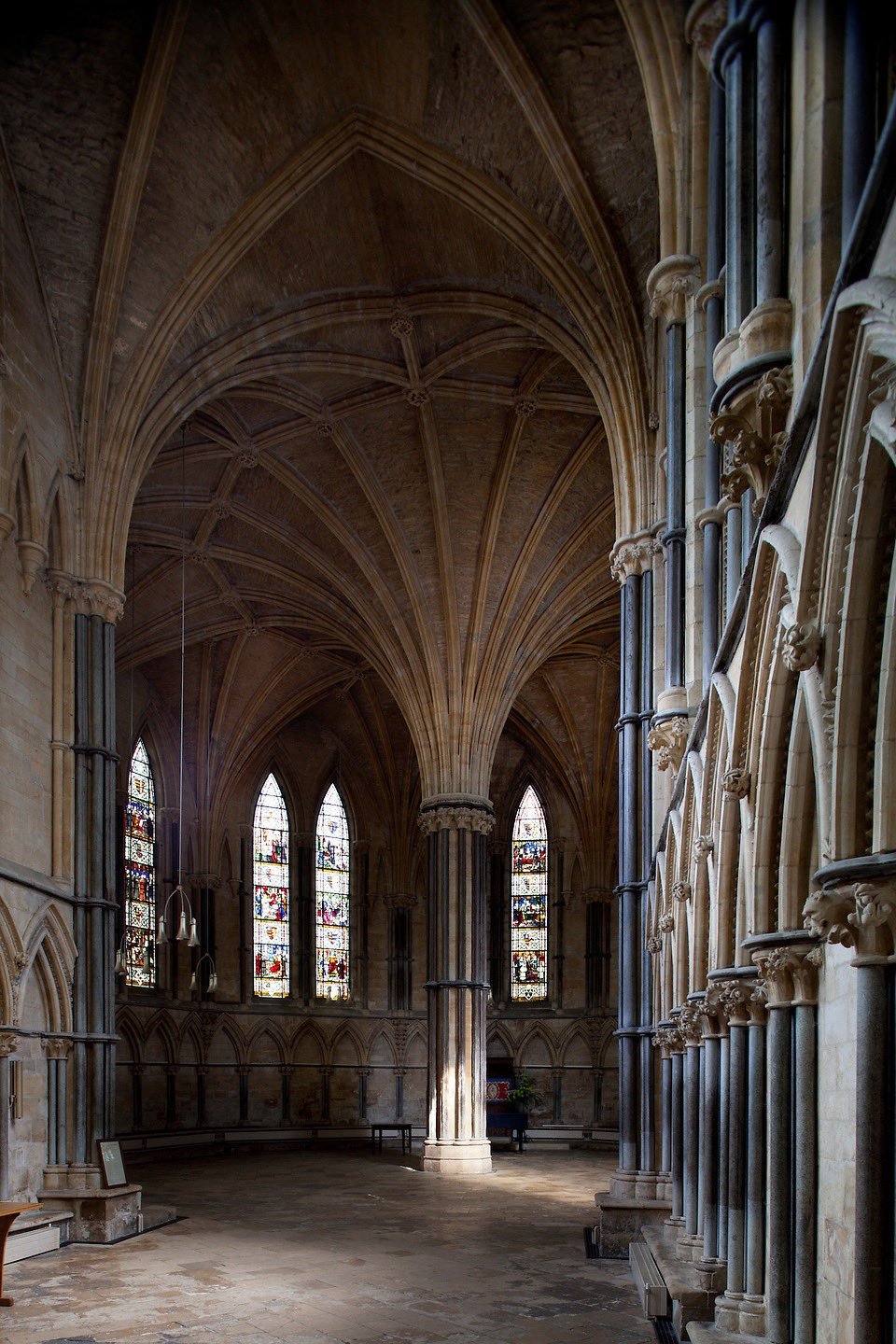
The Font.
One of a eight decorated Tournai marble medieval fonts to survive in England
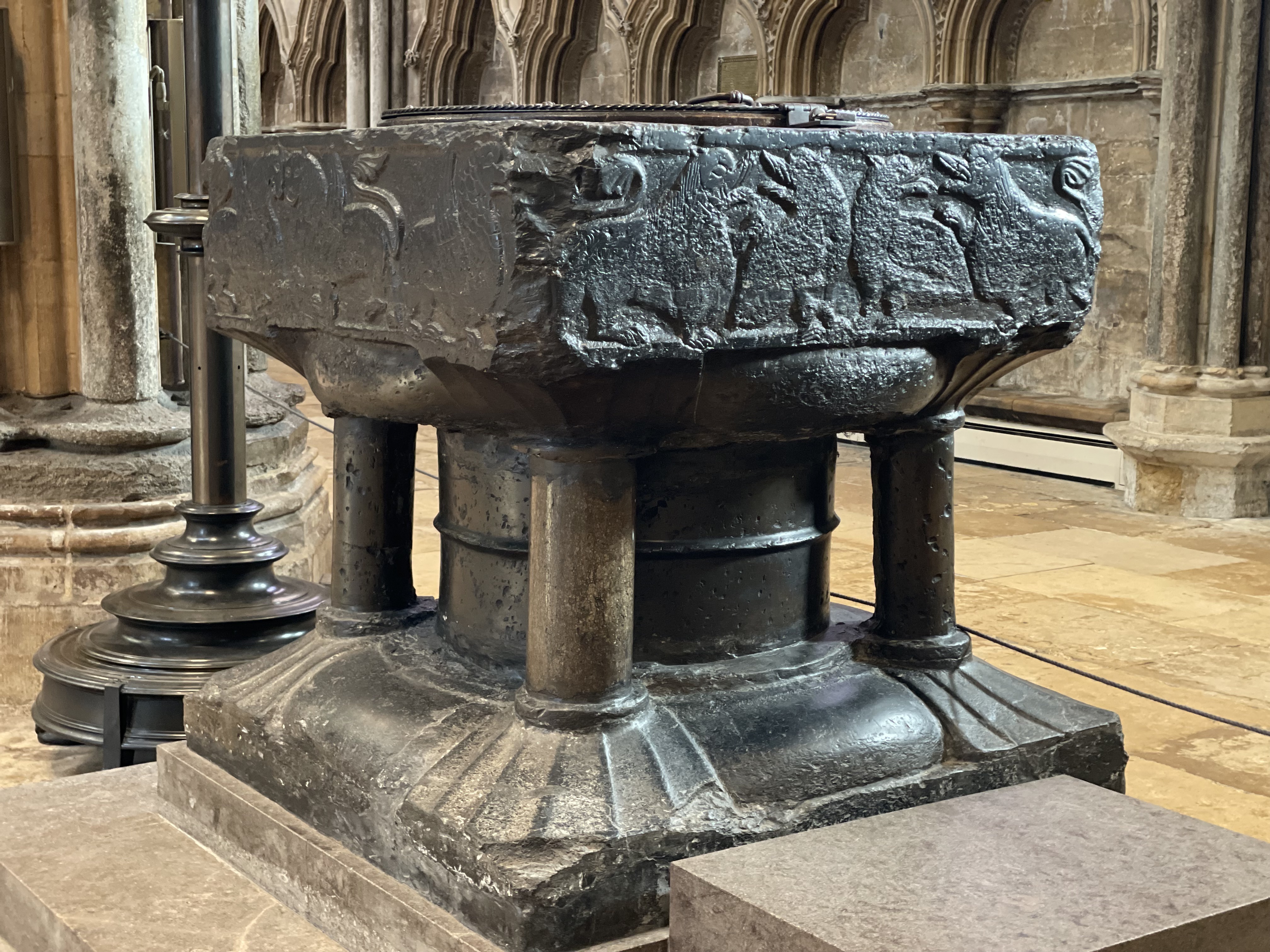
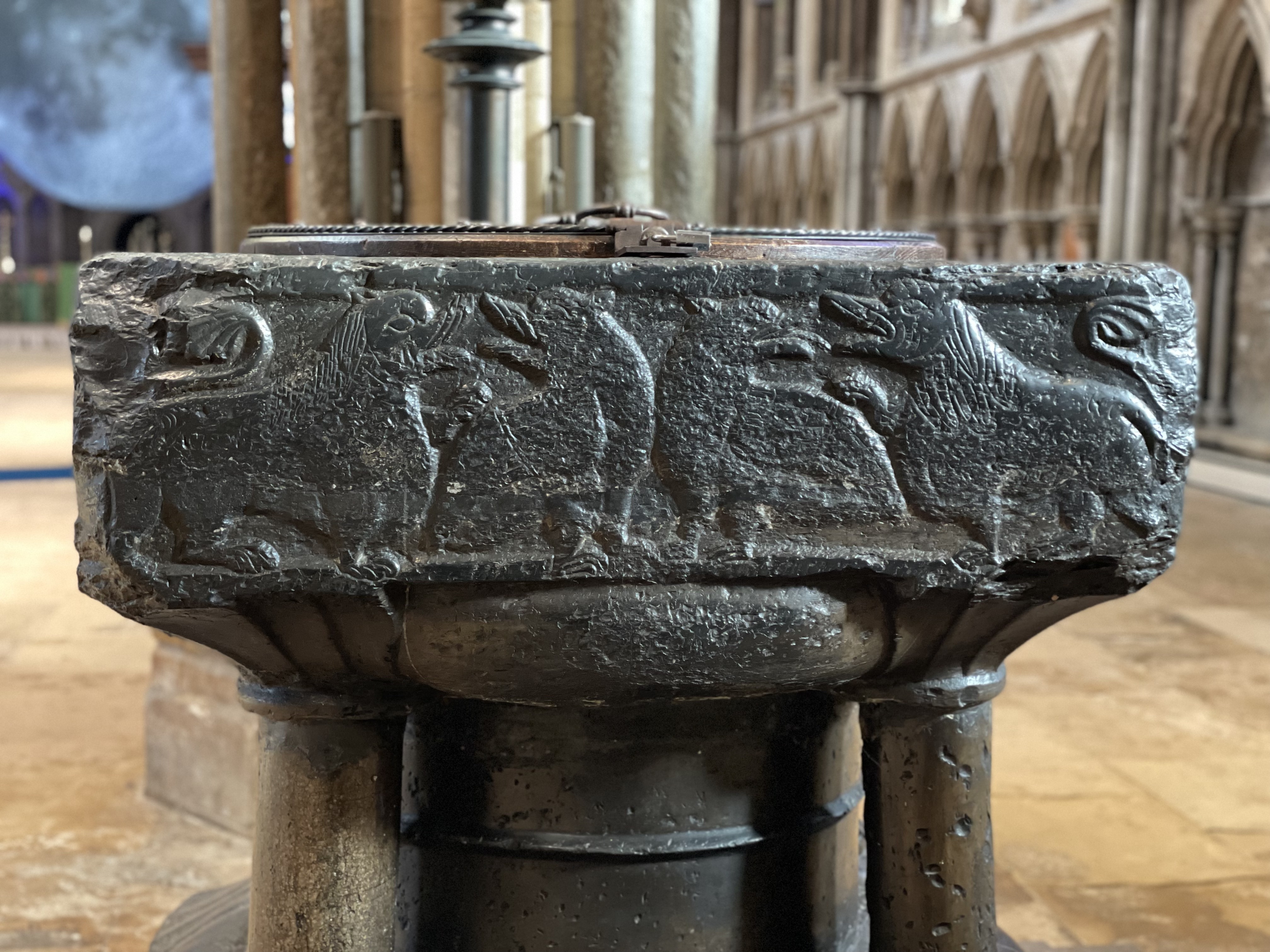
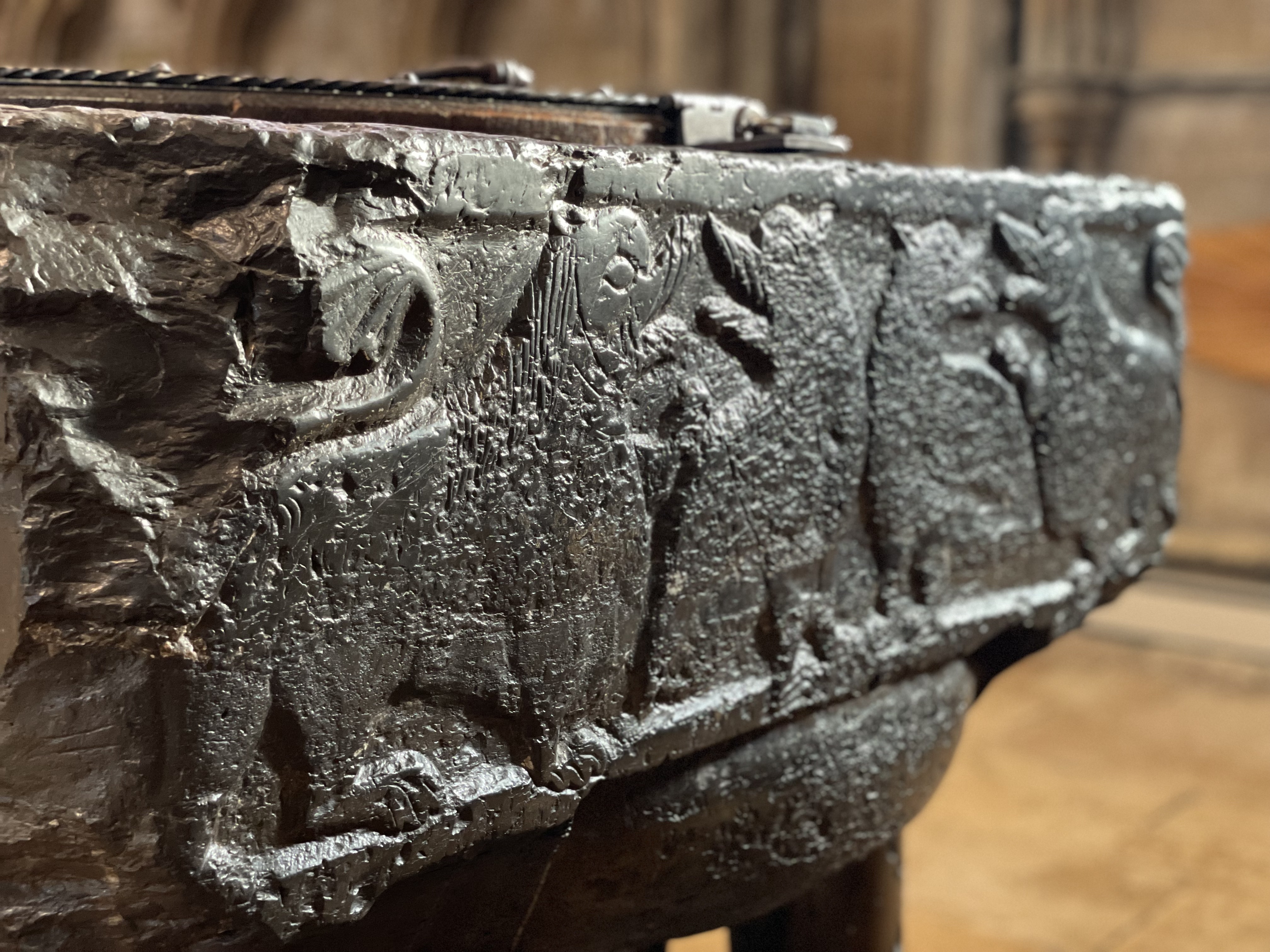
Compare with the Winchester Tournai Marble font below which illustrates scenes of the life of St. Nicholas.
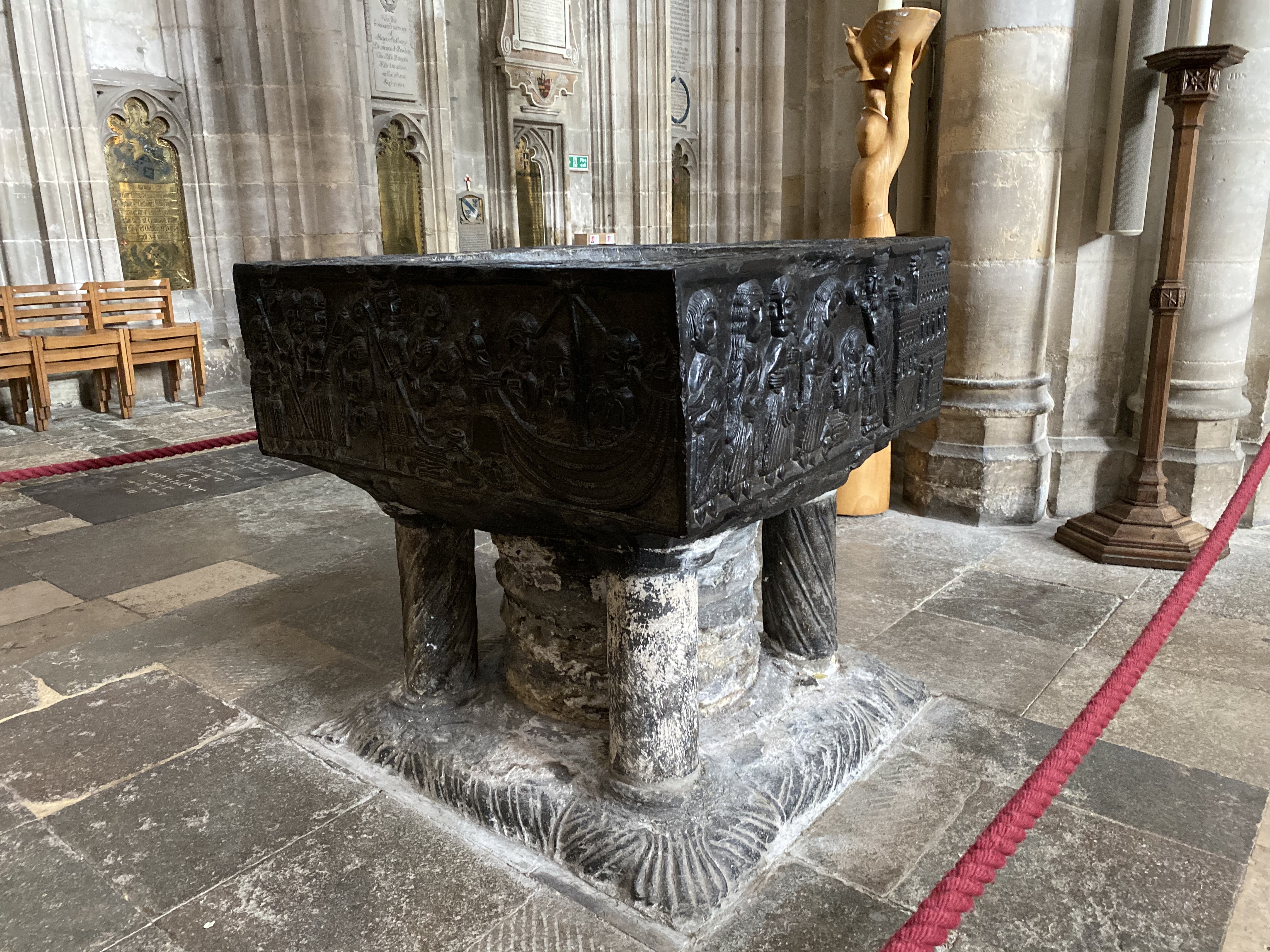
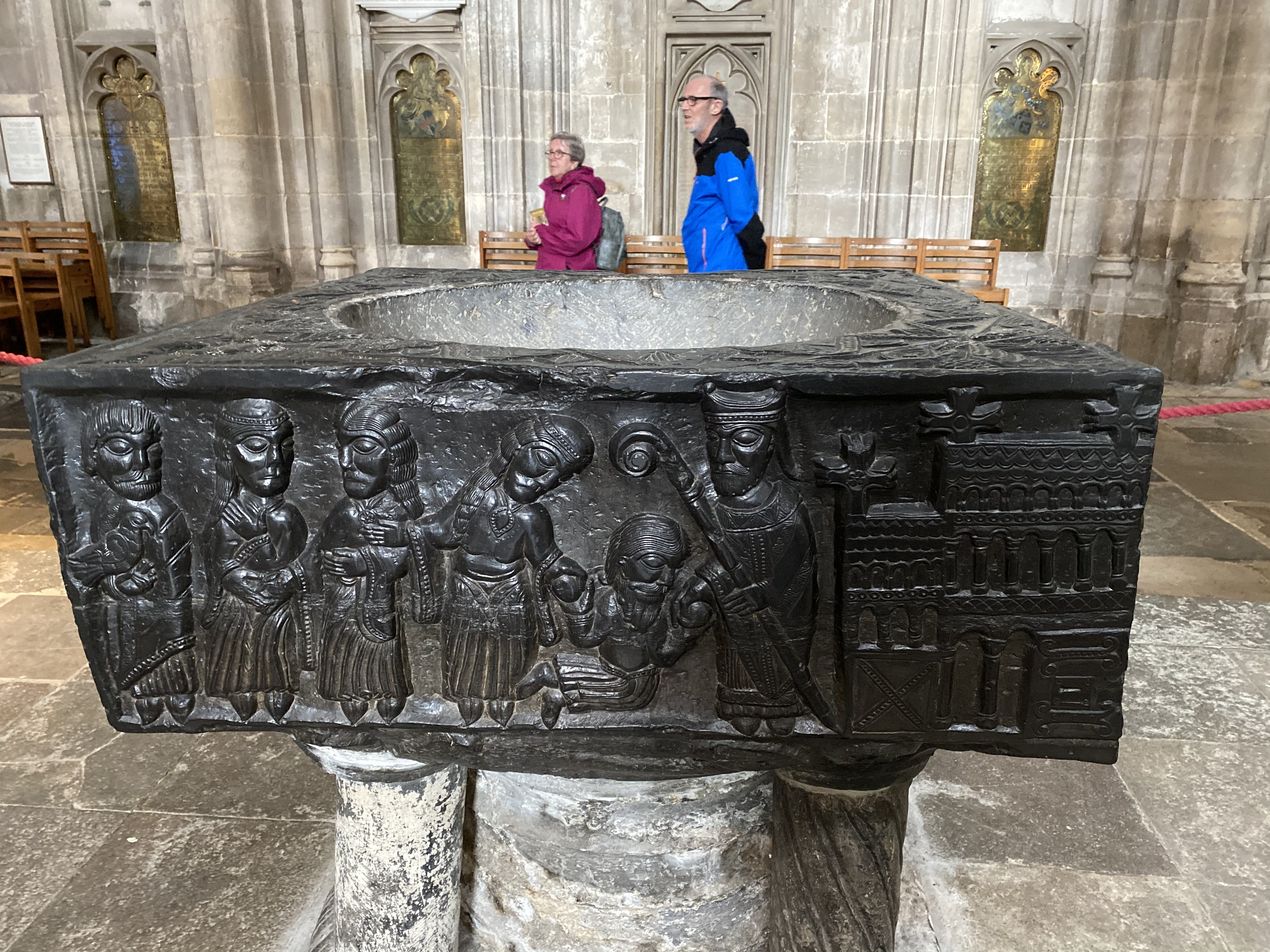
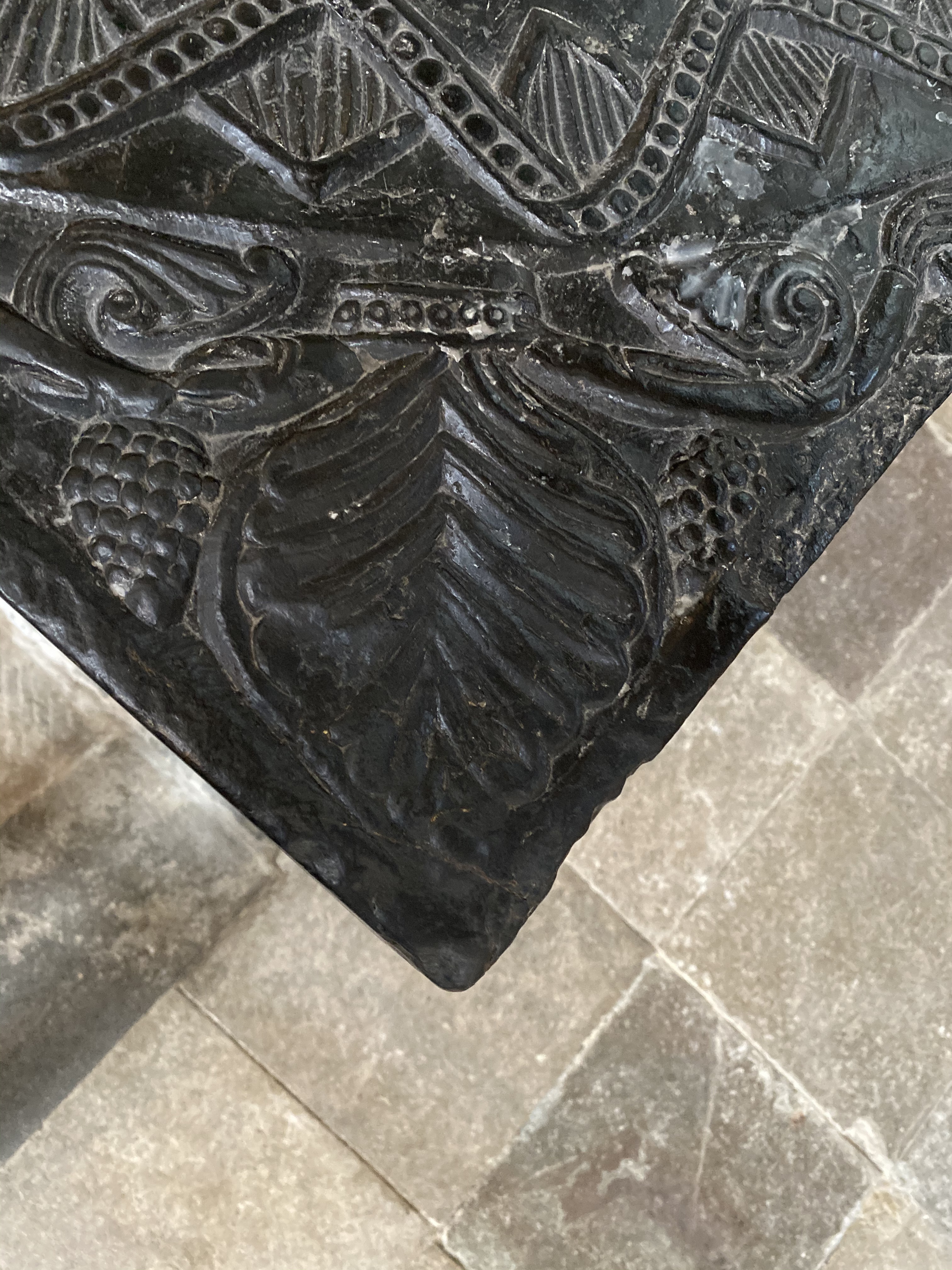
Lincoln Cathedral: details.
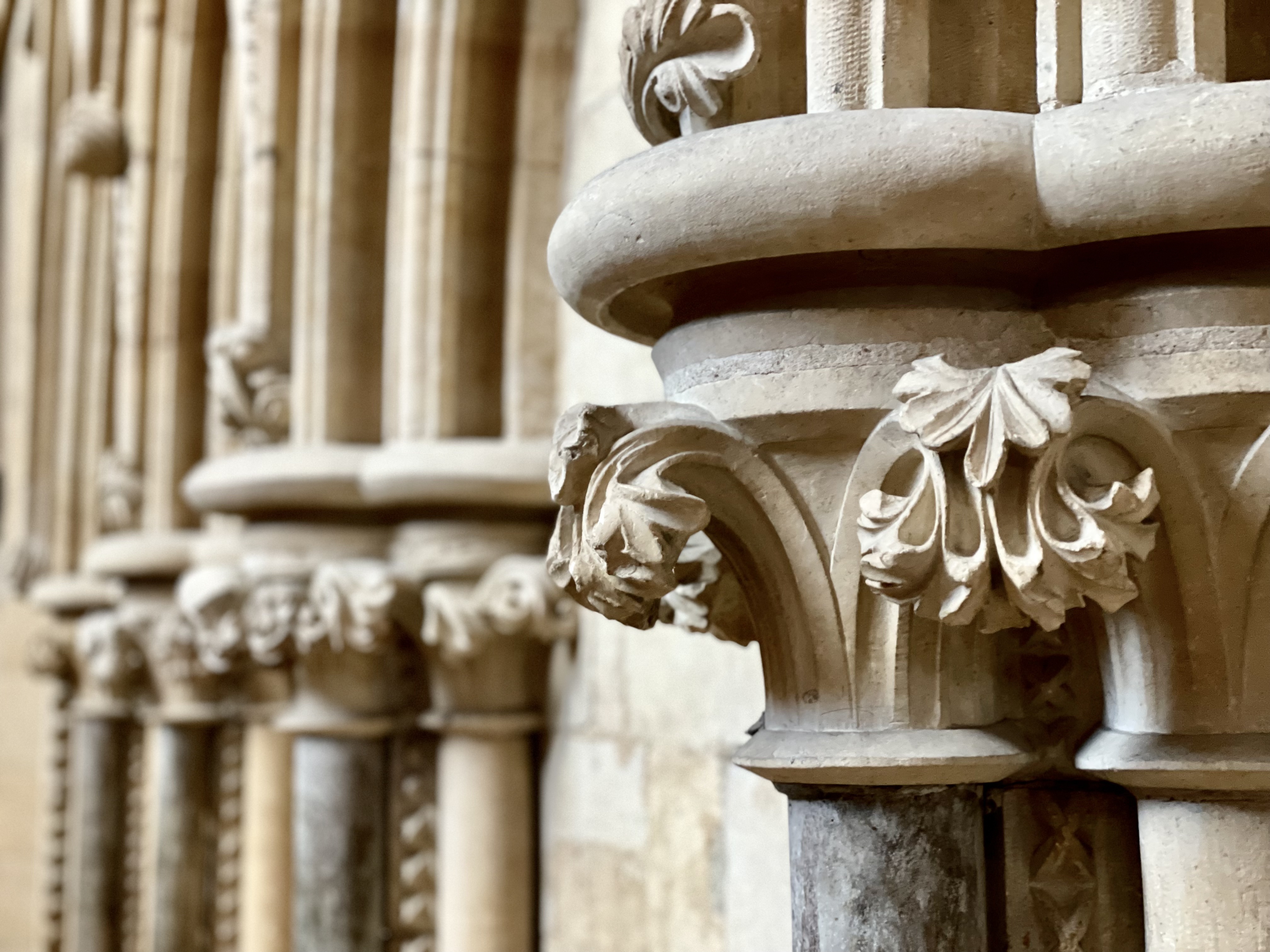
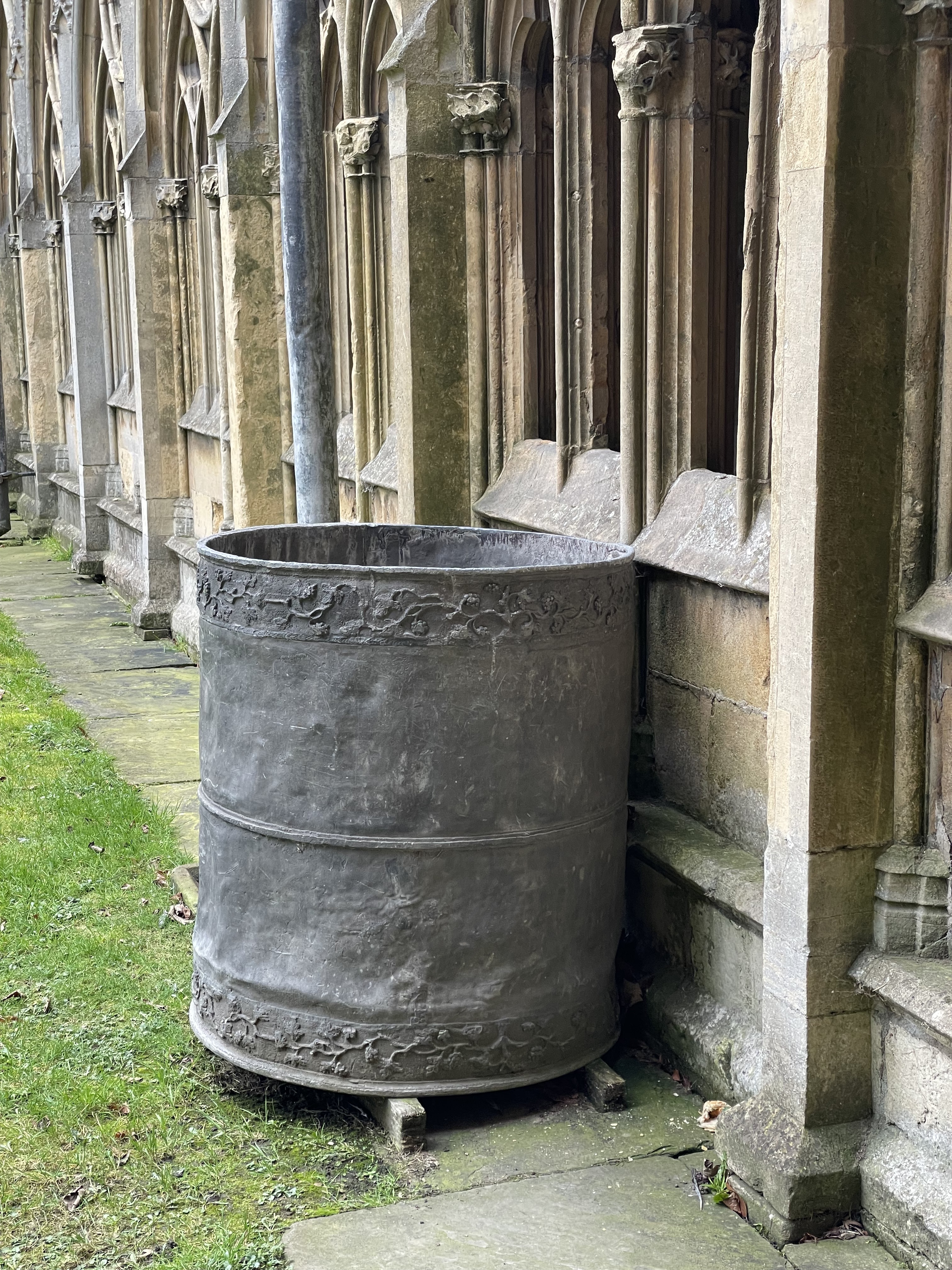
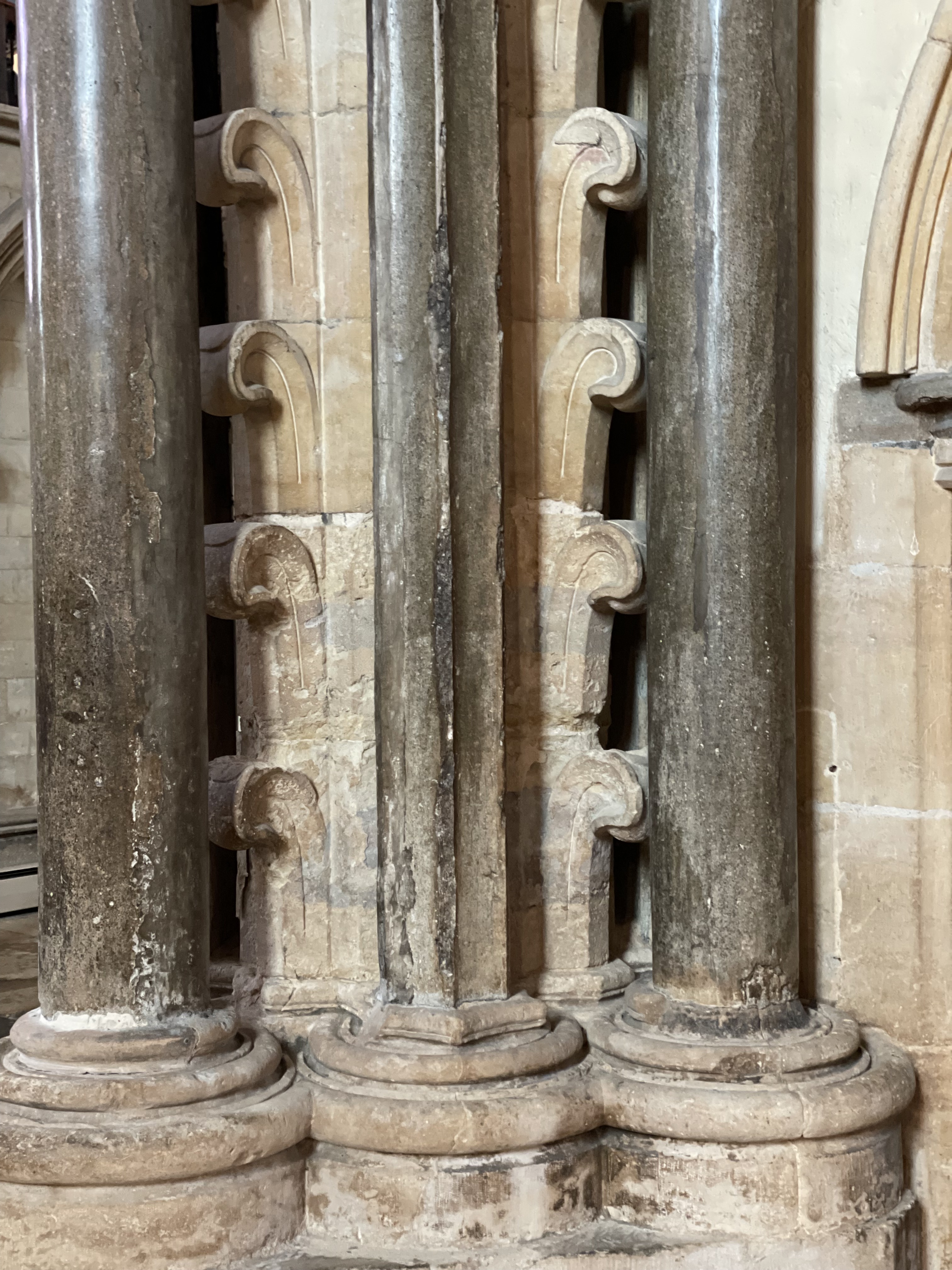
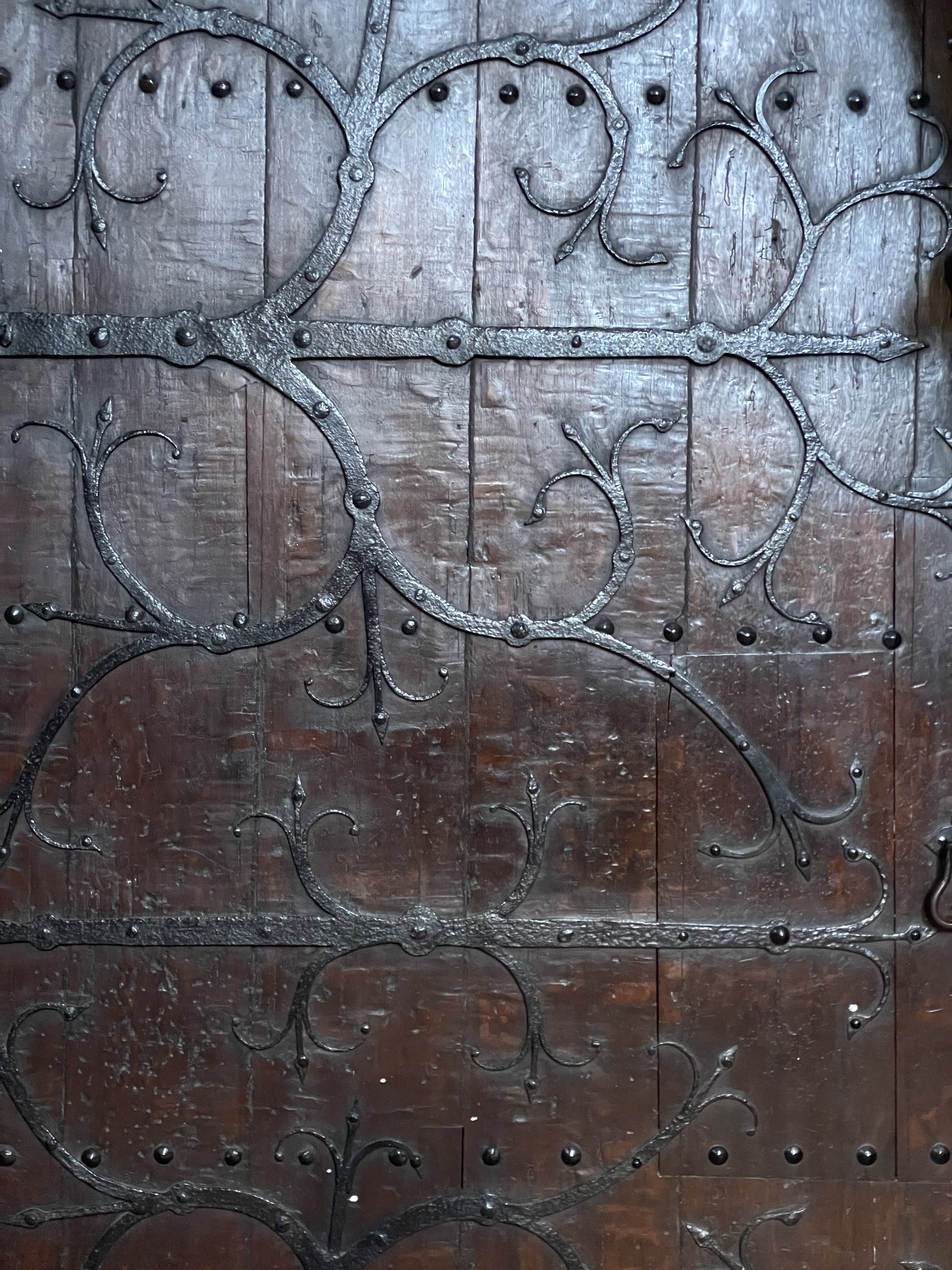
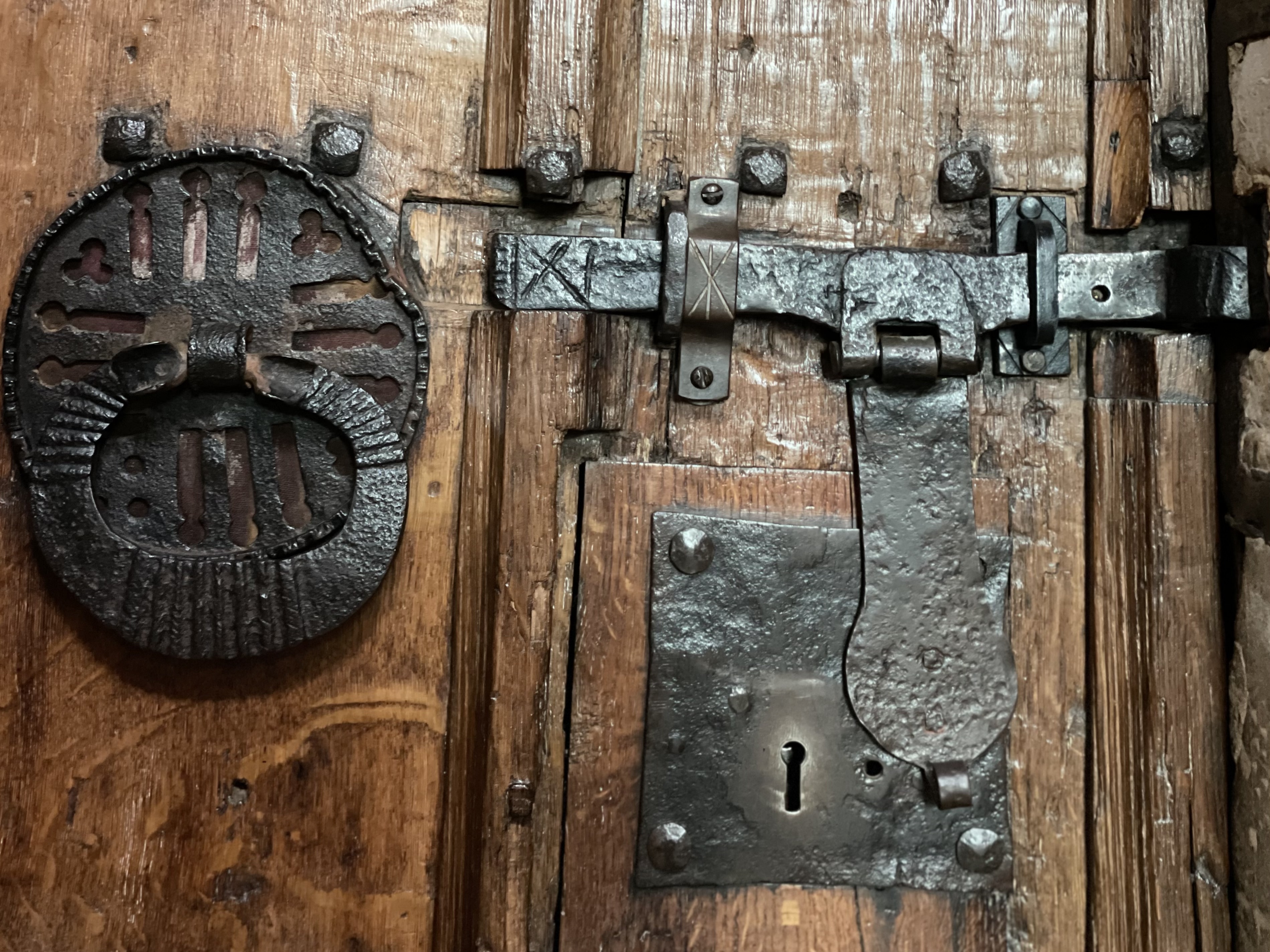
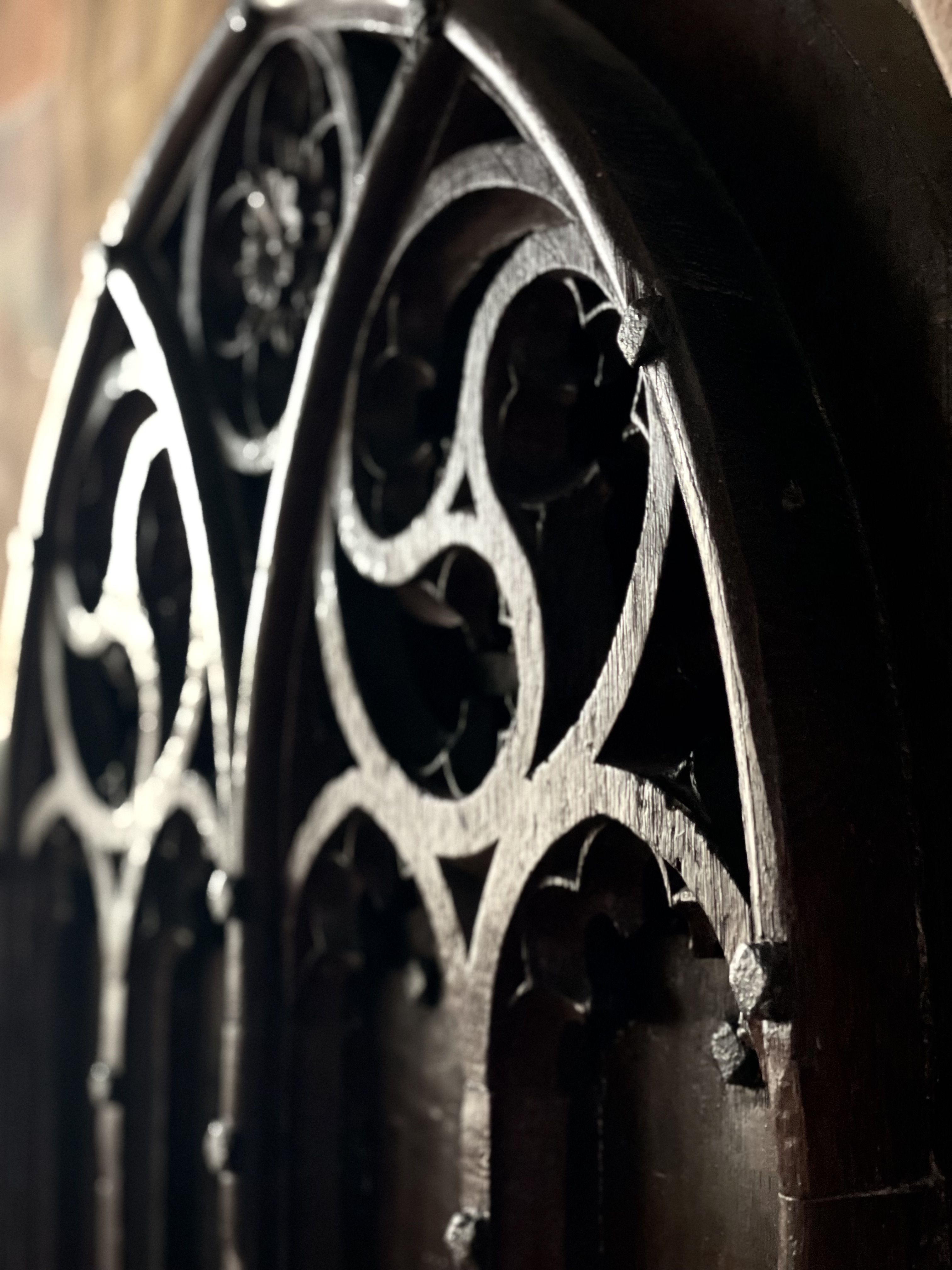
The Russel Chantry with mural by Duncan Grant.
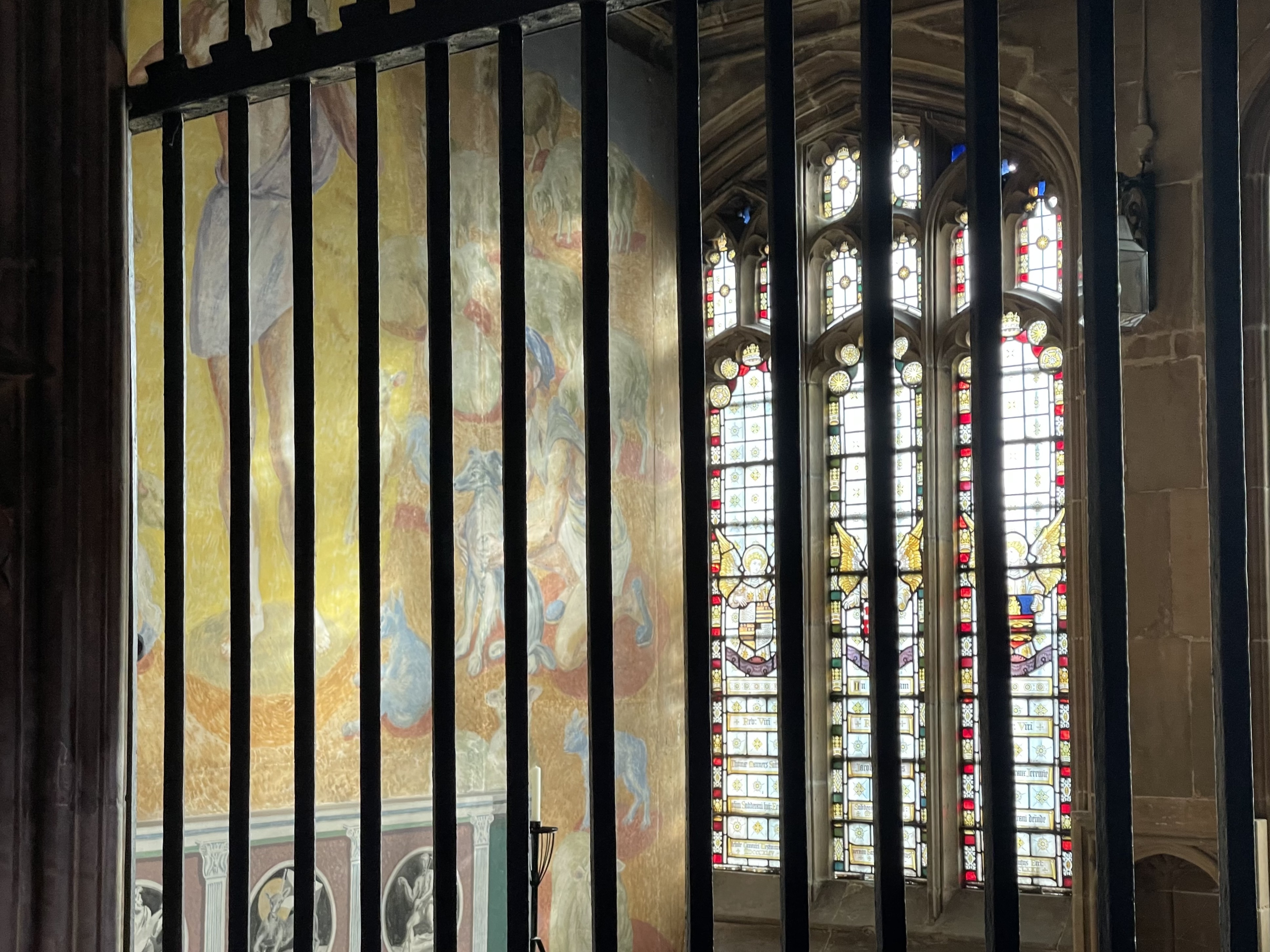
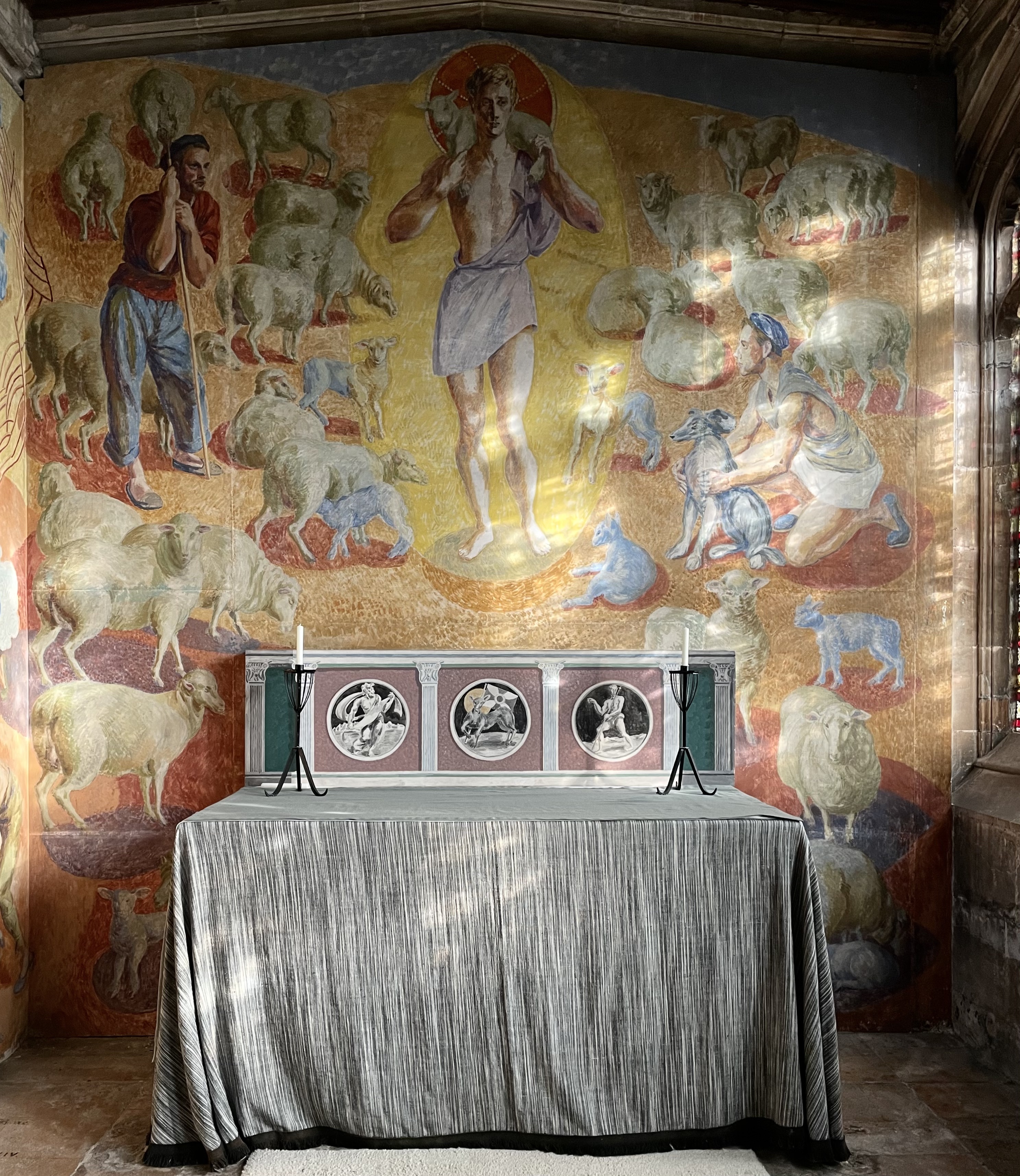
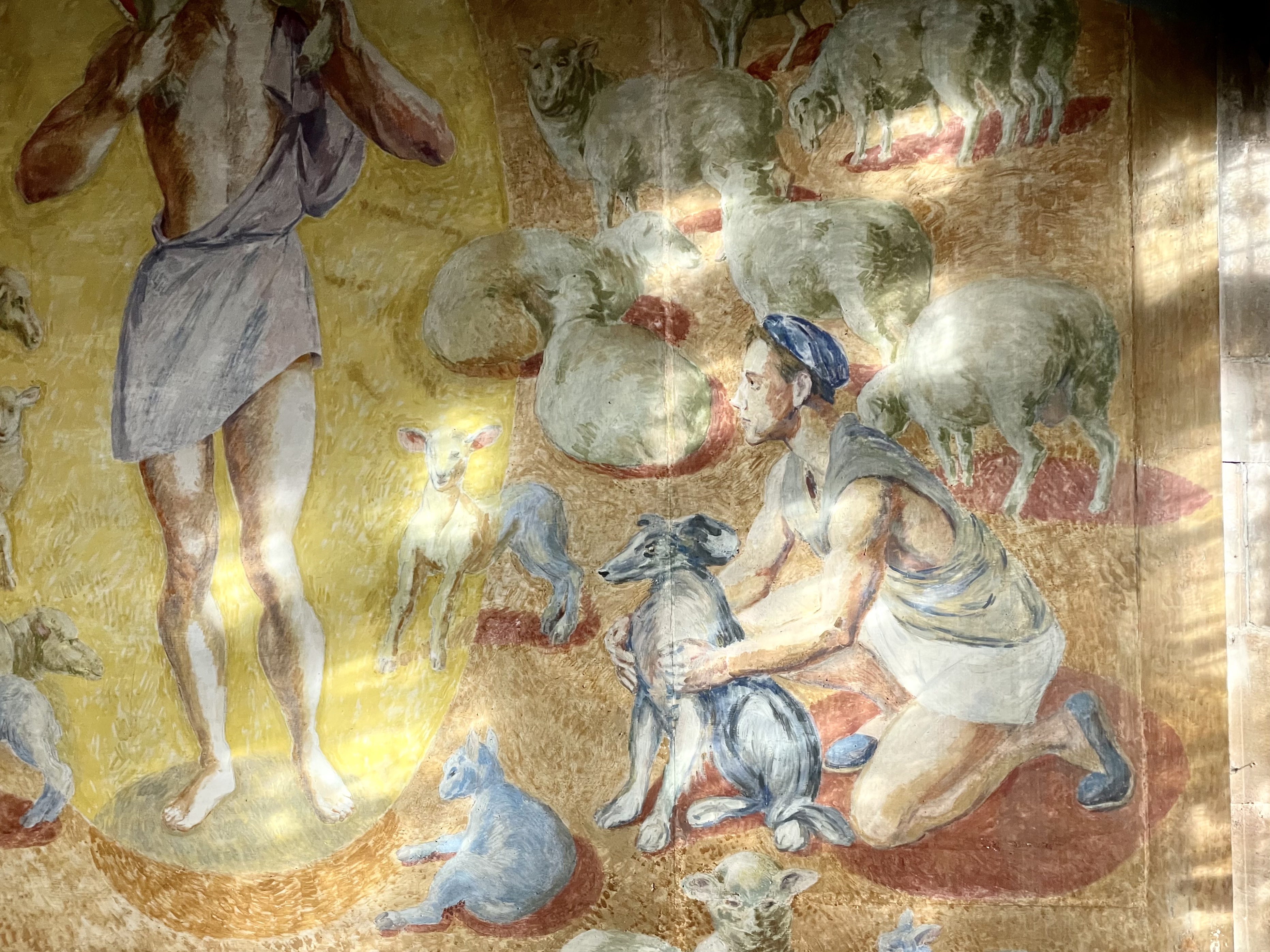
The Visitor Centre
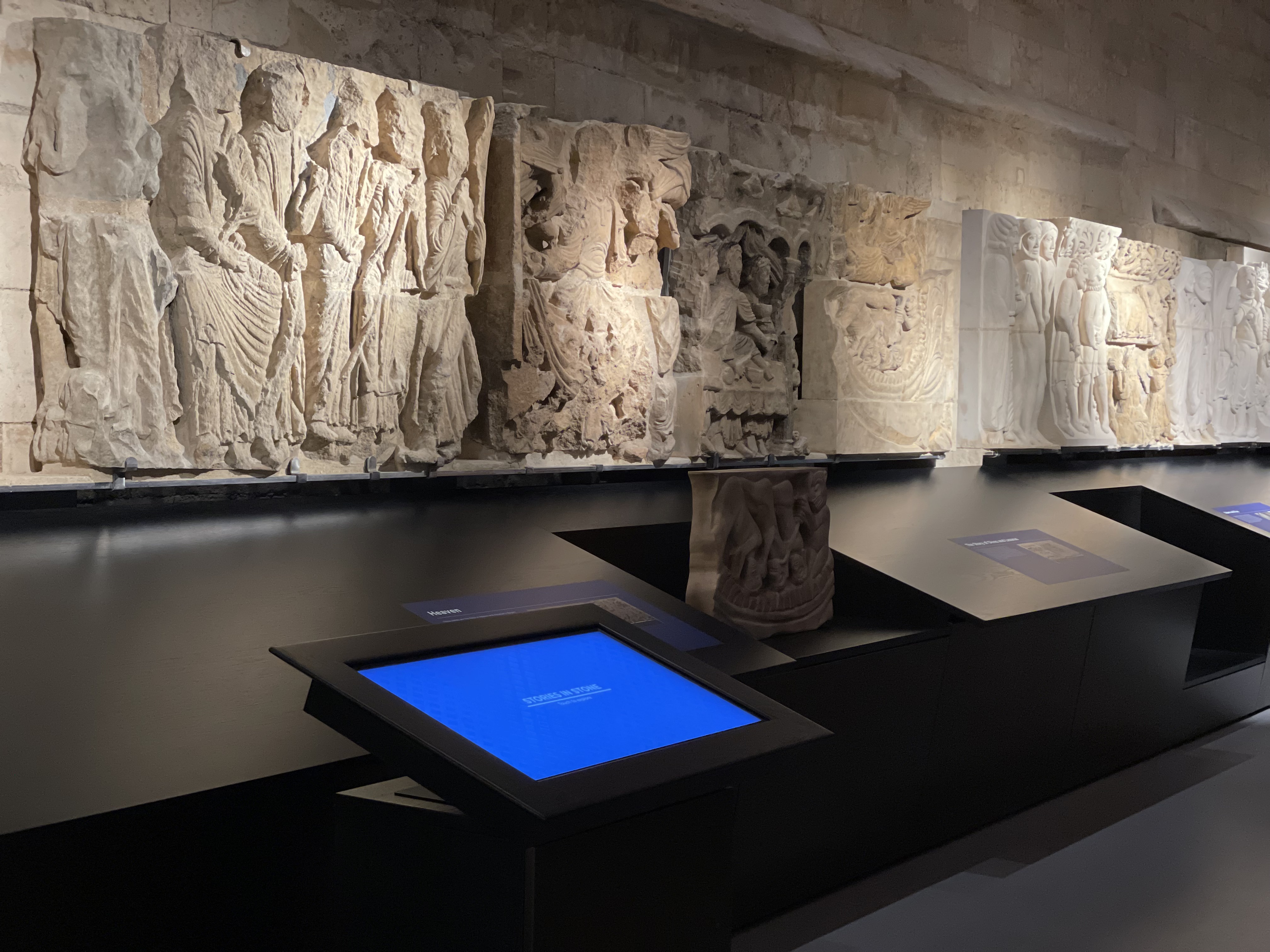
Southwell
I had just a quick glimpse of the town and some of its buildings before the sun set me off on a ragged chase about the Minster with tripod and camera in hand. More on Southwell Minster next week.
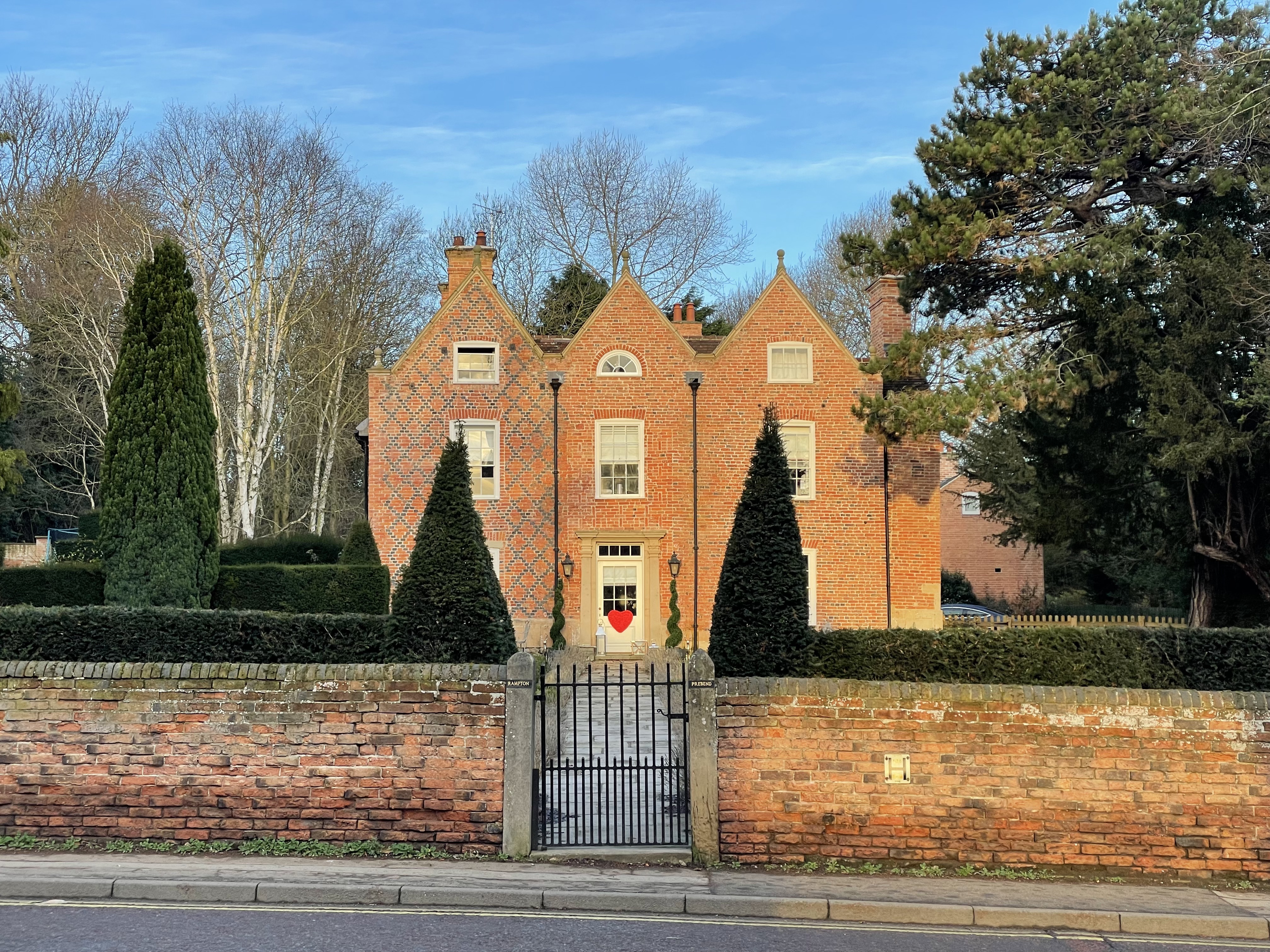
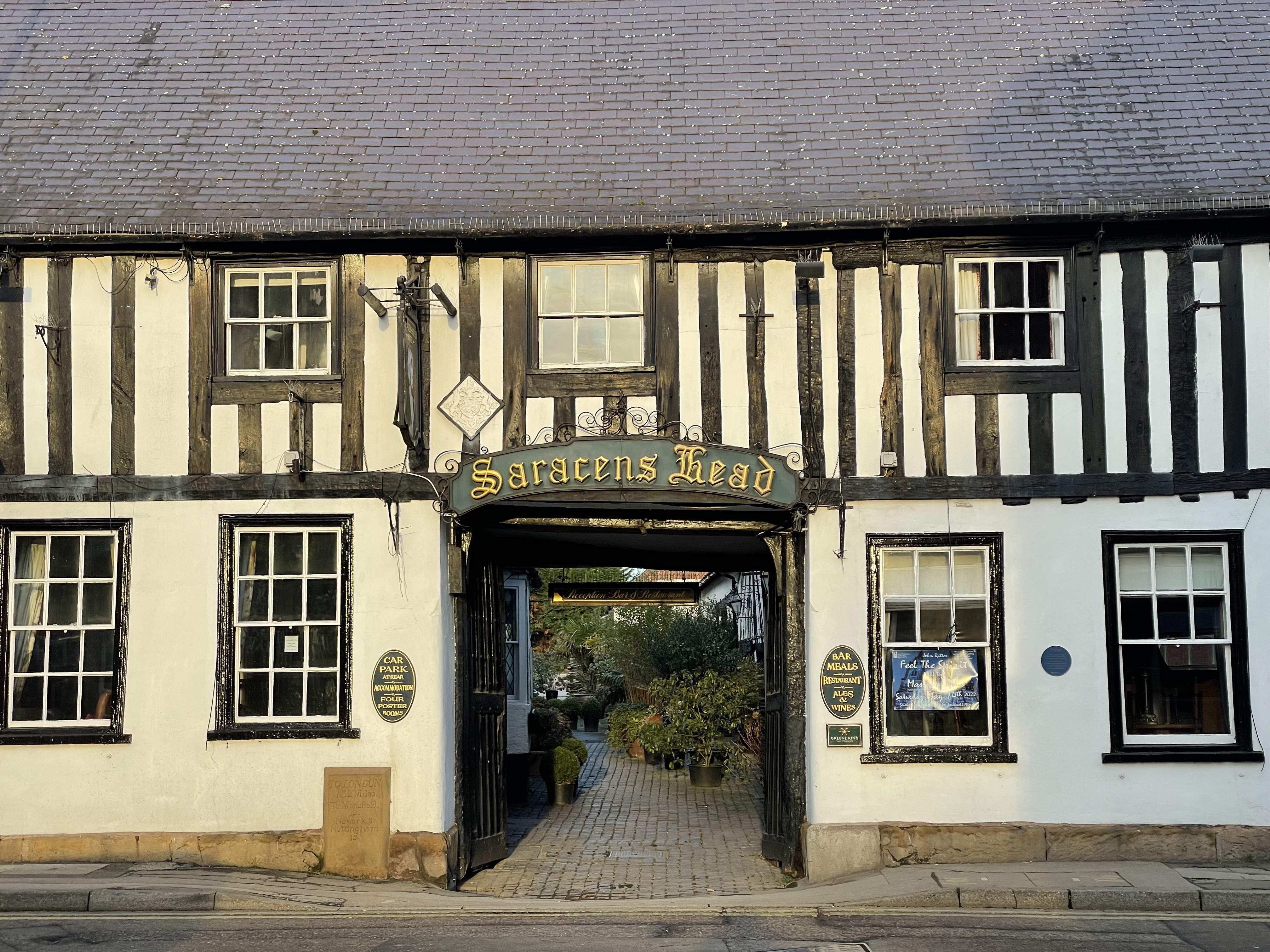




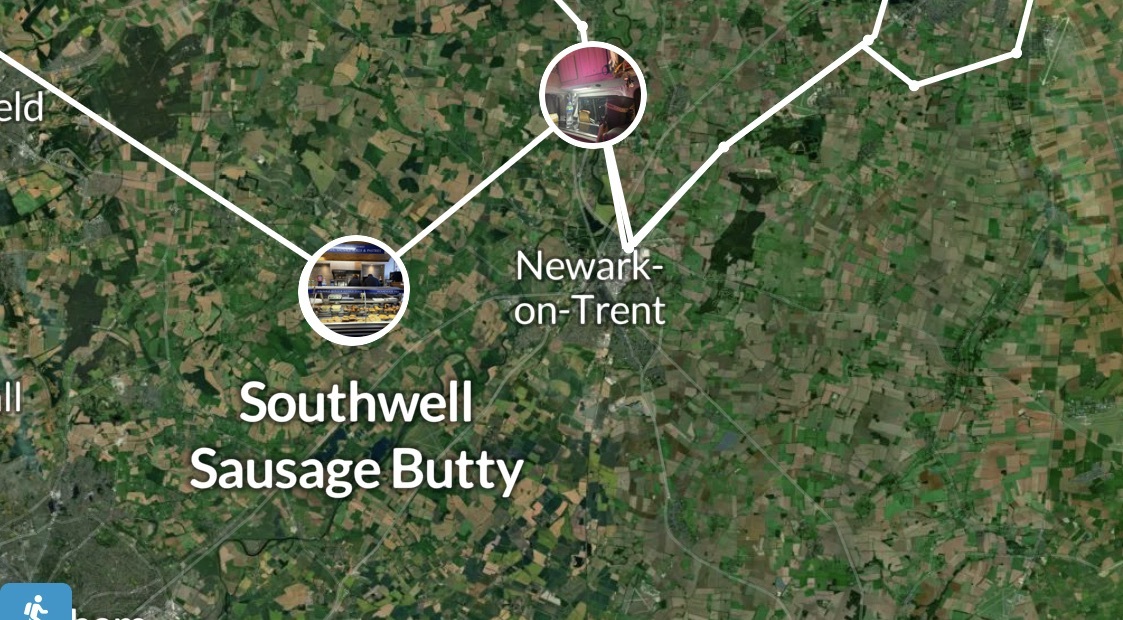


Vanlife
Van Boss
Bought myself a green man replica (from Lincoln Cathedral) for the van.
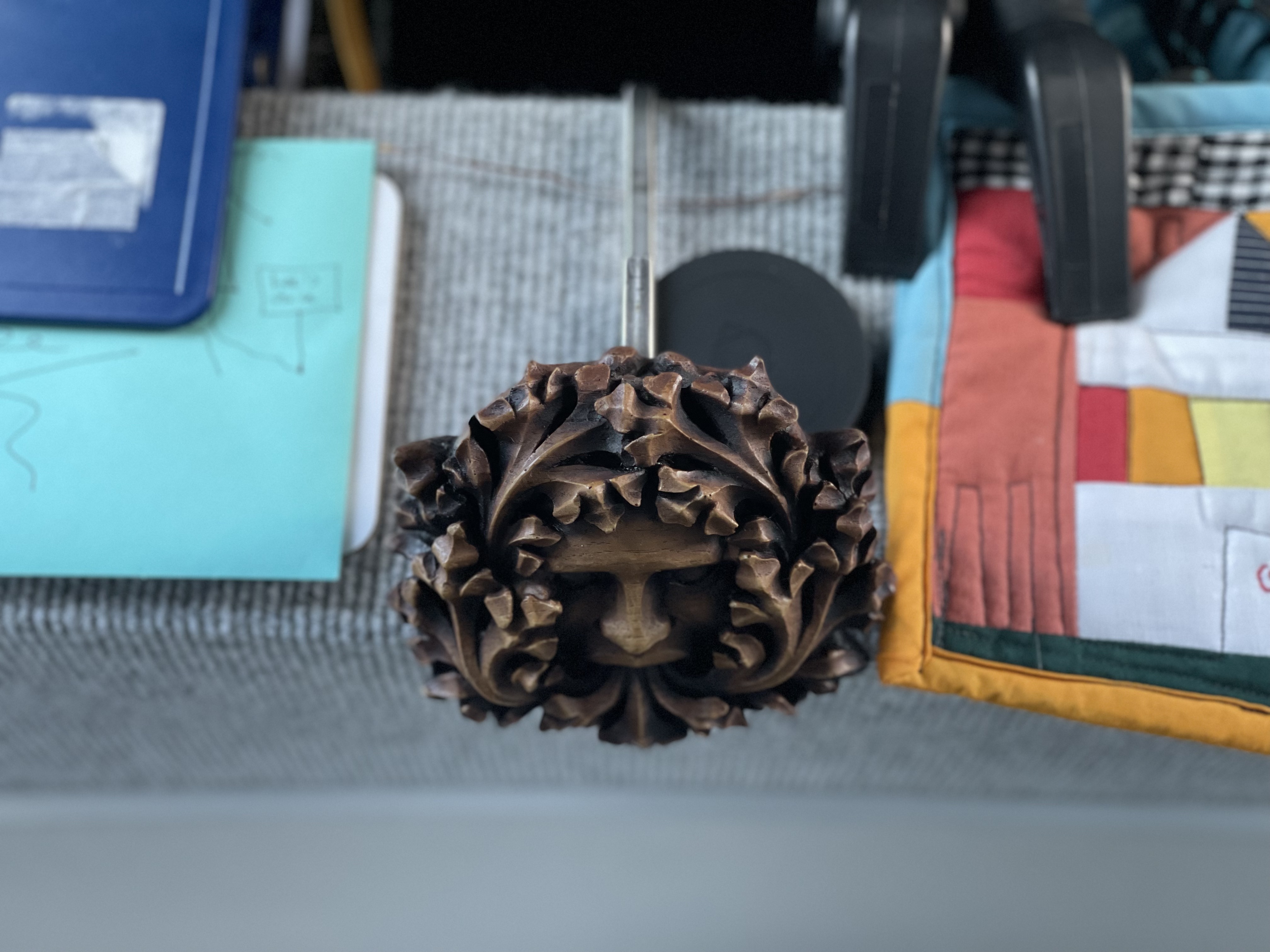
On My Coffee Table
Oh what a joy this book is - pulled together and finalised during lockdown in both Welsh and English. I'm learning Welsh at the moment and to know the words for wallpaintings (murluniau) and rood-screen (chroglenni) is unalloyed bliss. Thanks to Friends of Friendless Churches for highlighting the book on their twitter profile.
Here goes: Dw i hoffi murluniau a chroglenni yn Eglwysi Cymru.
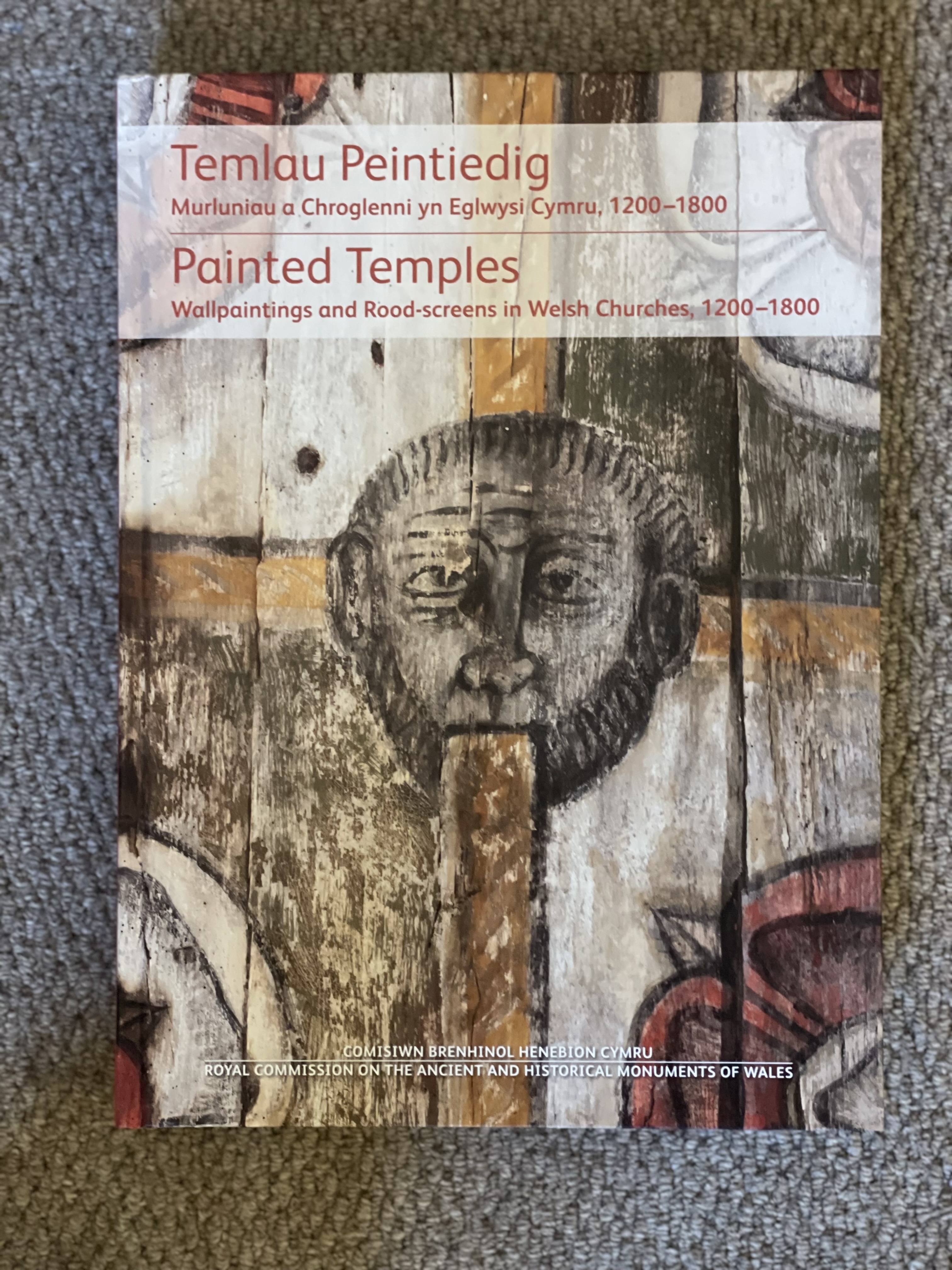
Inside the book are many of the churches I've visited for the Friends of Friendless Churches. Remember Llanelieu below? The church with the unscripted Camera Obscura that lit up the font.
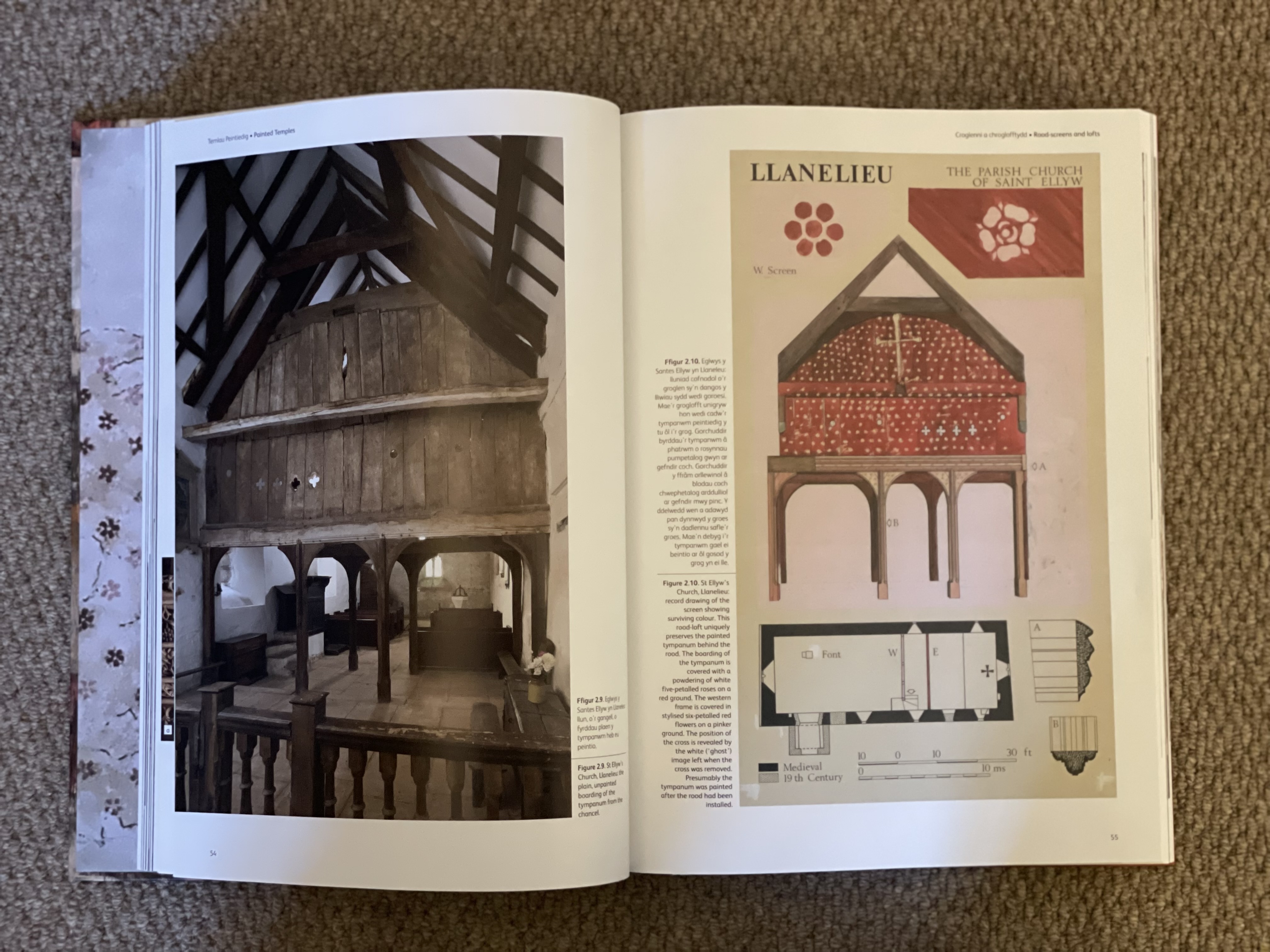
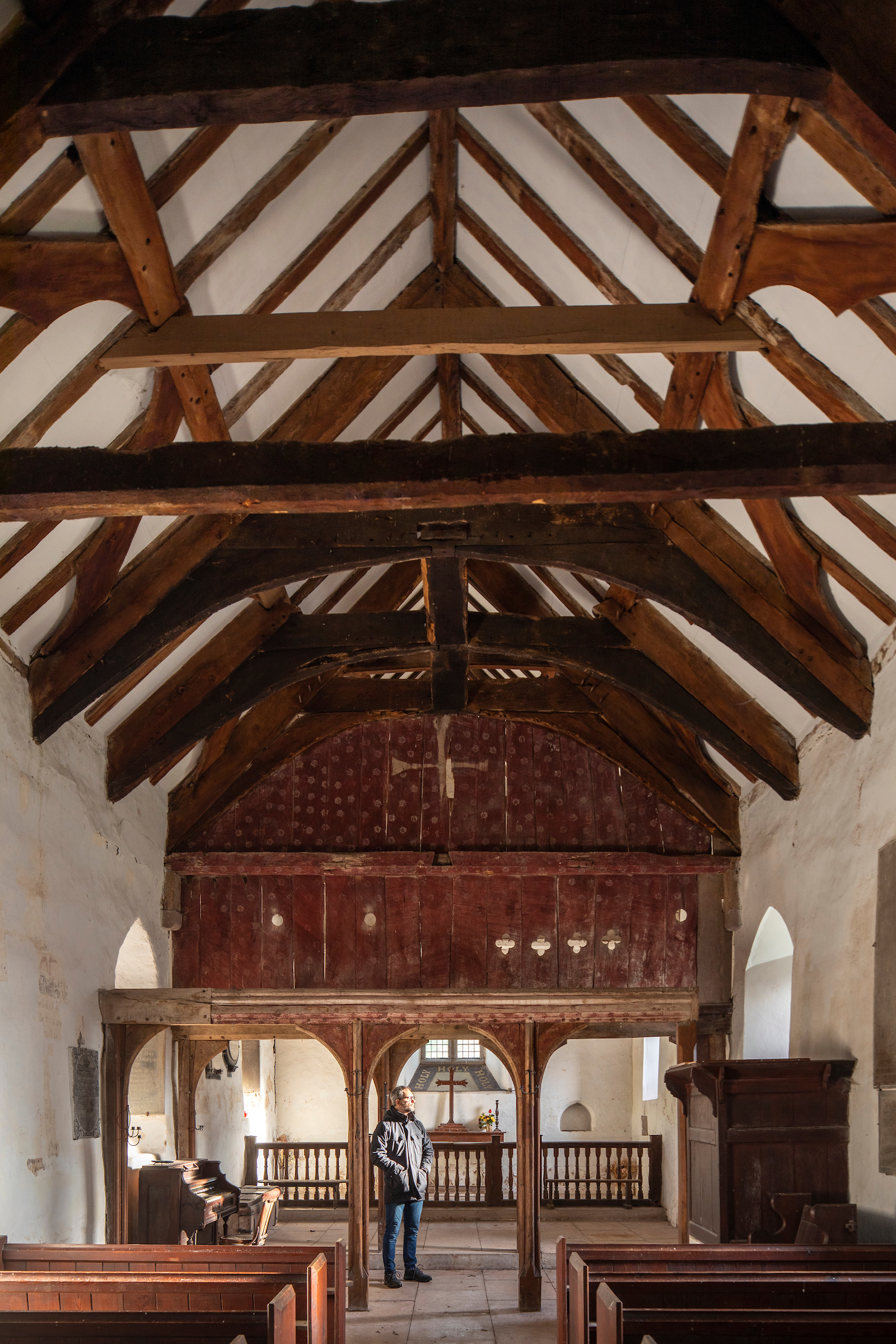
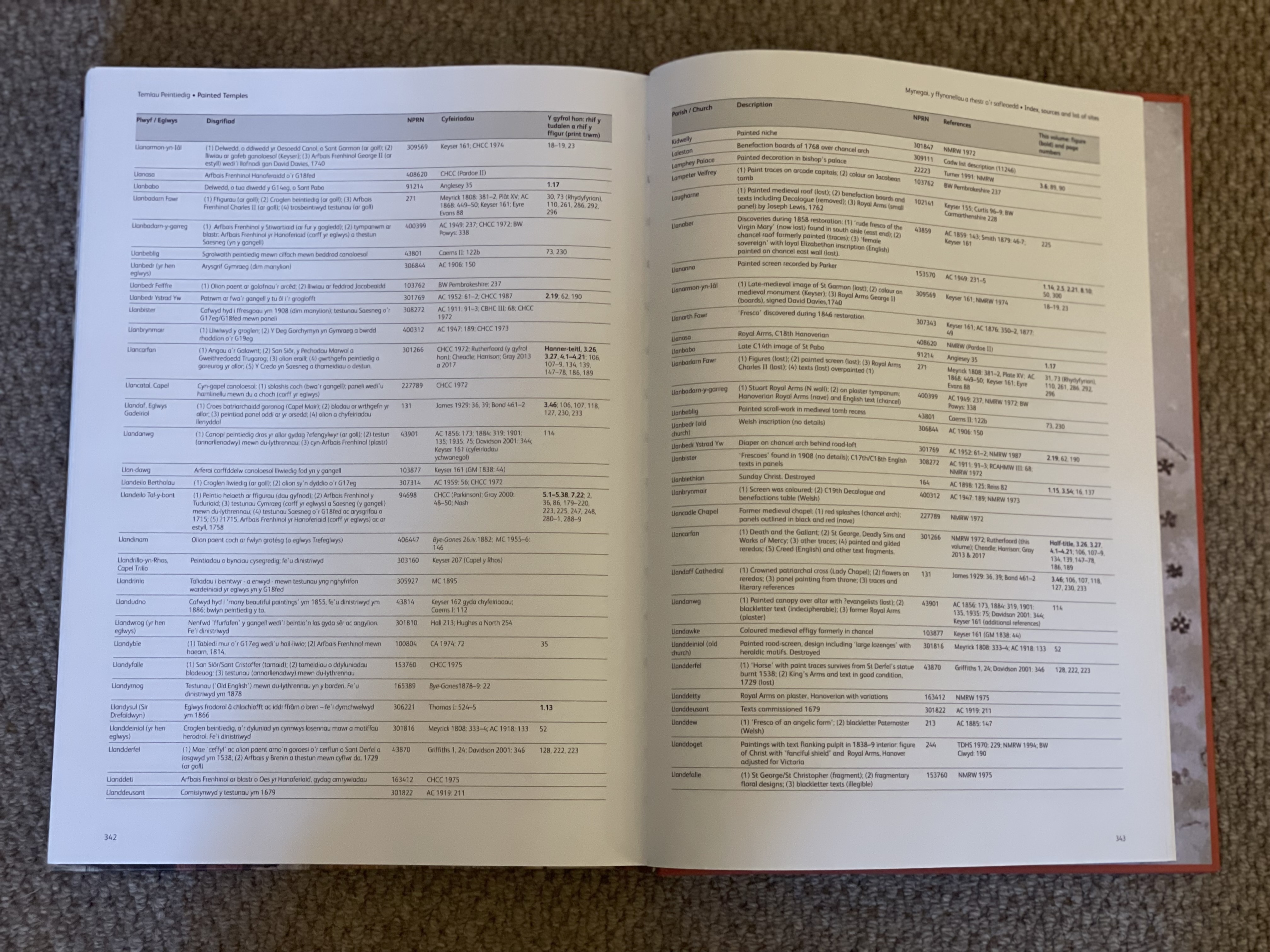
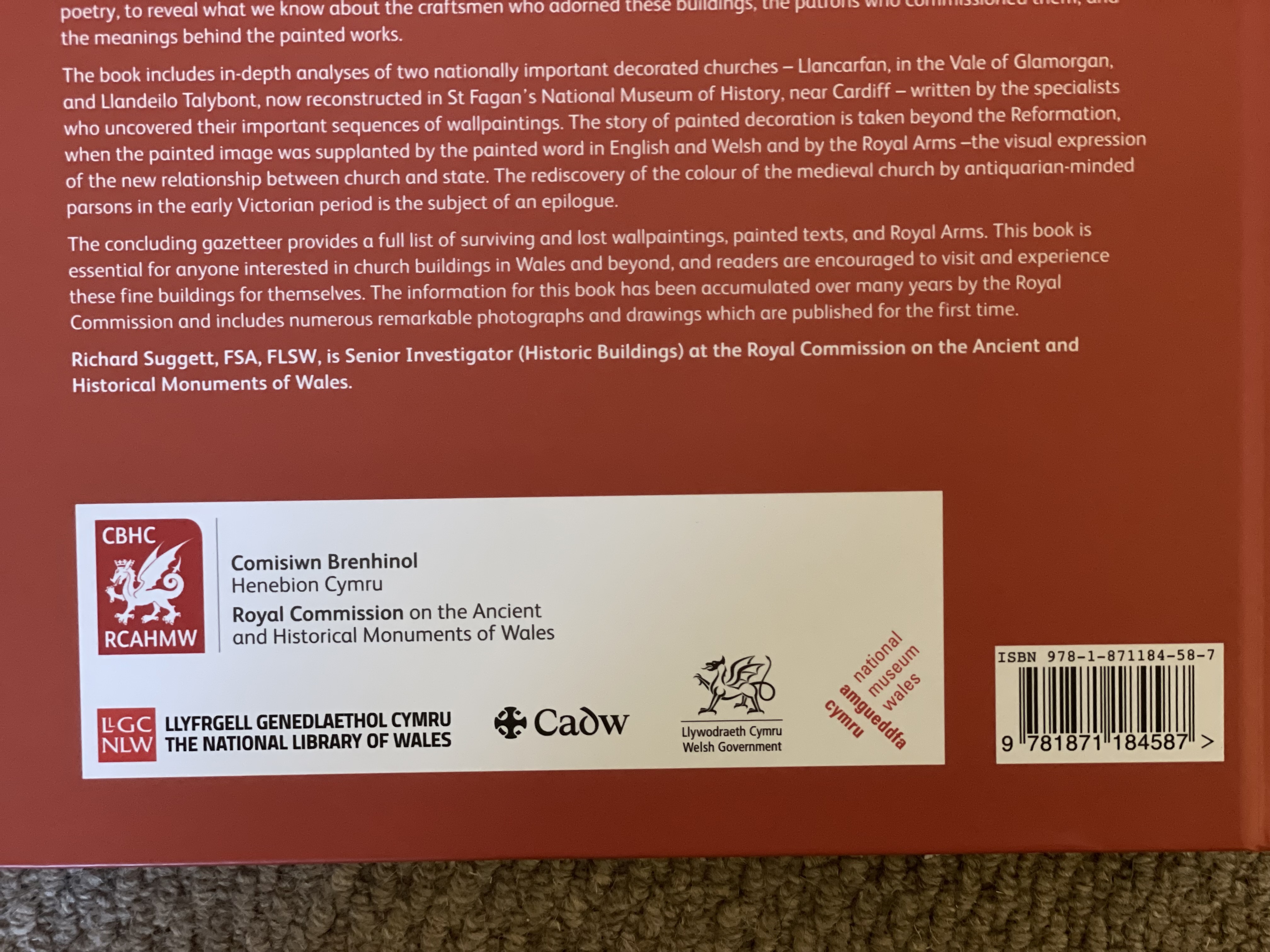
From The Charo's
Charles Rennie Mackintosh and the Modern Movement - Thomas Howarth - £23 - bookshop in York.
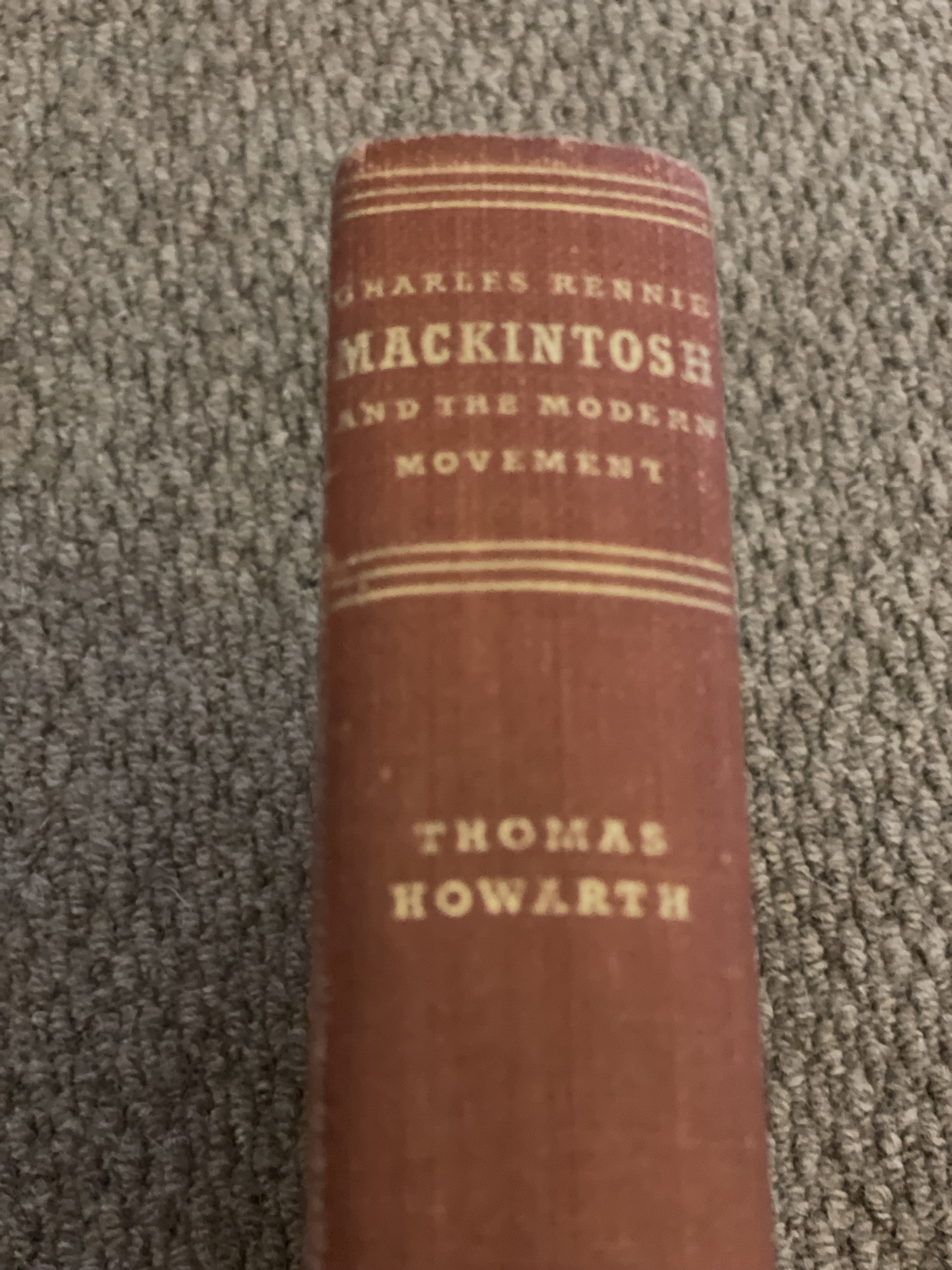
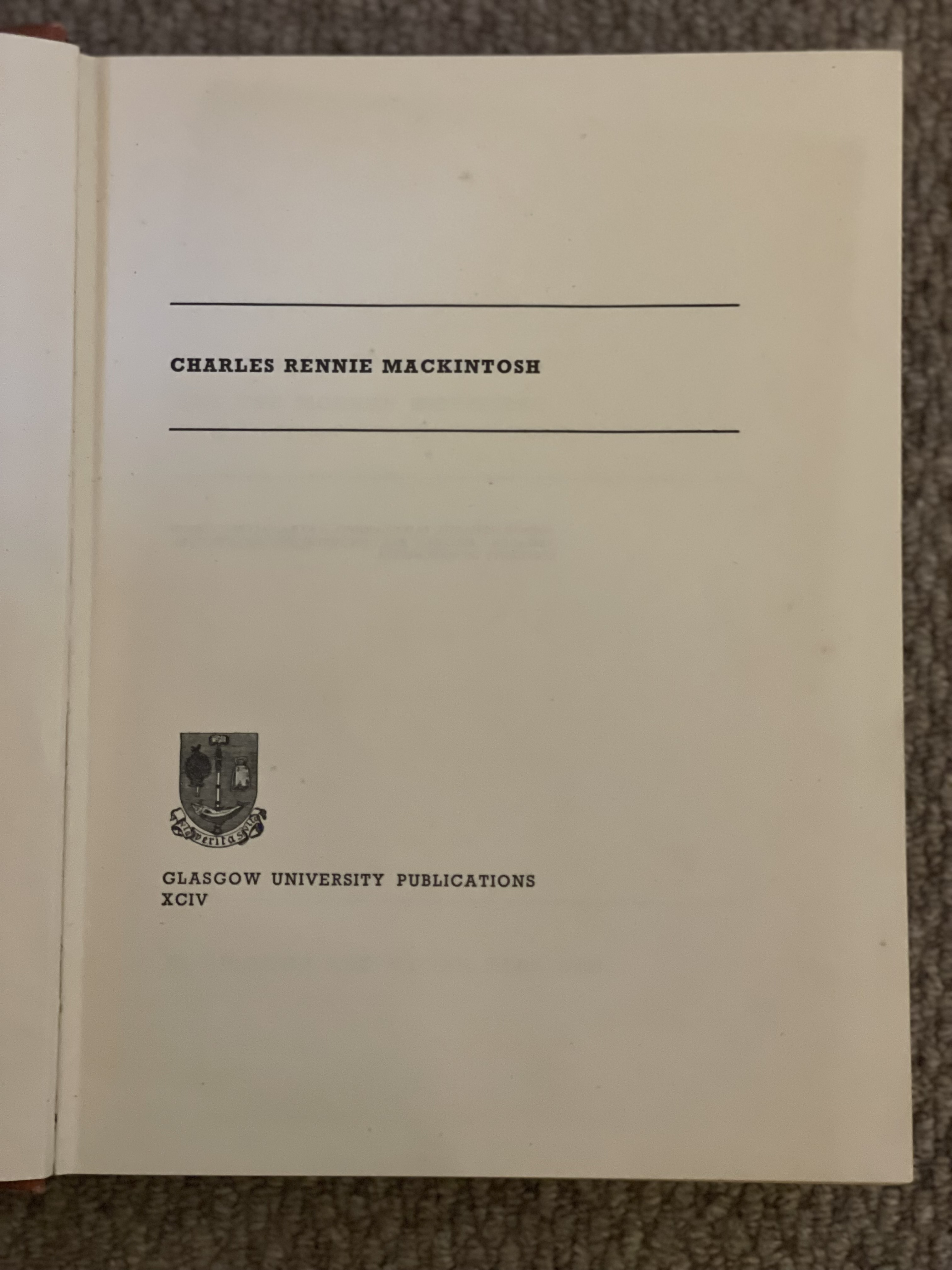
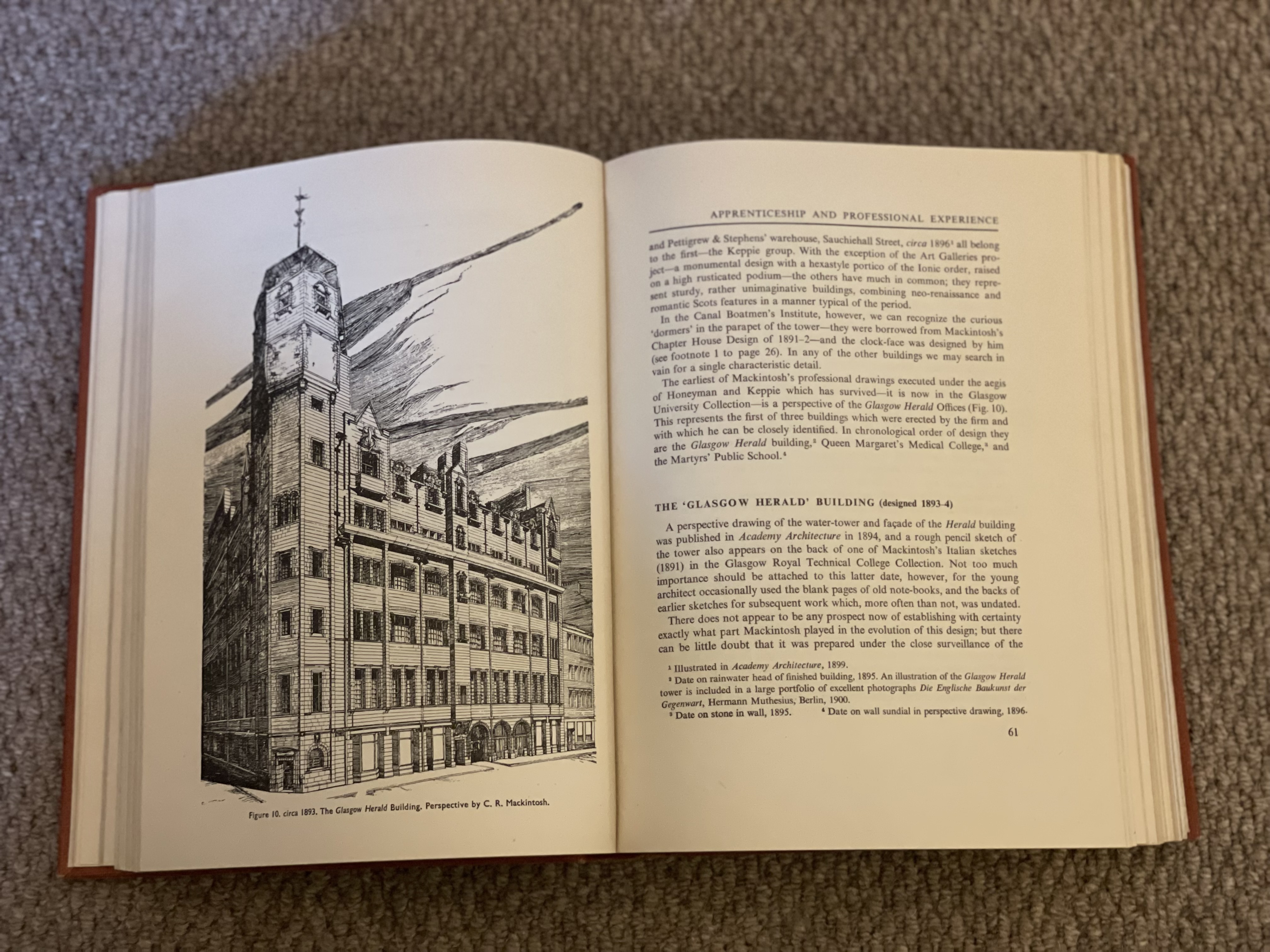
Bookmarked
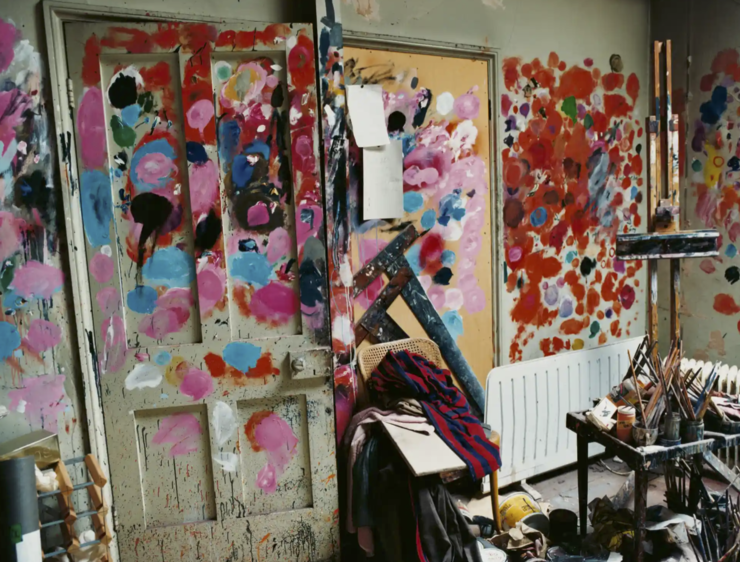
A Century of the Artist’s Studio: 1920-2020 review – congealing palettes, fading light and magic | Art and design | The Guardian
From Frida Kahlo’s sickbed to Cindy Sherman’s Manhattan loft and Picasso’s 60s chateau, this superb show exploring where artists work is nothing less than a portal into their minds.
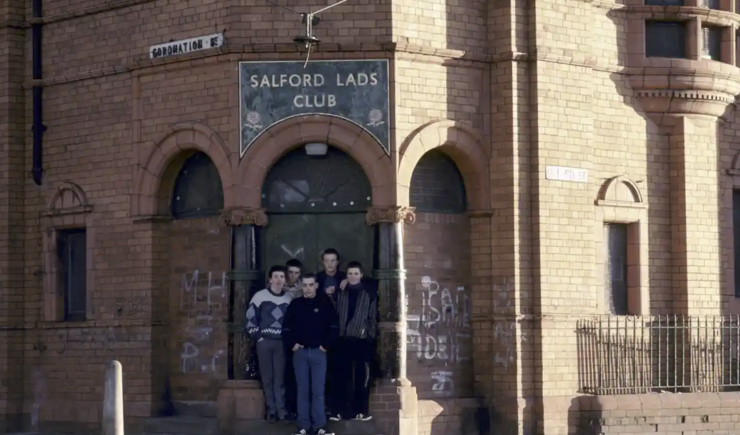
Not just castles: Historic England offers grants to ‘ordinary’ places like pubs and terraced houses | Heritage | The Guardian
Grants of up to £25,000 are to be be awarded to overlooked buildings to celebrate working-class heritage
Film and Sound
BBC Radio 3 - Between the Ears, Species of Spaces
Huddersfield postman and writer Kevin Boniface invites us to join him on his round.He’s reimagining the everyday spaces we all move through, but never truly notice.
From the Twittersphere
Create Communities on Twitter: "Are you a Local Authority, Urban Designer, Community Group, or Developer trying to engage the local community? If so we might be able to help Introducing Create Communities, the Easy, Fun and Affordable way to do community engagement. Check it out and get in touch👇… "
(check out the link)
Become A Member

Something deep inside, call it instinct if you will, tells me that we should hang onto the grit of this diversity, as if our lives depend on it. I’m not sure why, but my instinct feels right.
I love creating this digest - it’s a labour of love - and it remains free to all - posted out on a weekly basis, more often than not, from my travels in my van. It documents my engagement with our increasingly threatened historic built environment (heritage). I help others form attachments, ties and obligations to place.
From a Victorian trading shack in Oregon, USA to a medieval church in Stratford, England, our heritage is a vital part of our wellbeing - it nourishes us and contributes to a sense of identity. The aim of this digest is to underpin the significance of our heritage and share it with others to confront creeping baseline syndrome and help others develop new ways of seeing and interacting with the historic environment.
It takes a day every week to produce this digest and you can opt in to support my work by becoming a member. There are some juicy member benefits too - become a member here.
Thank You. 📸🚐🏛
And Finally...
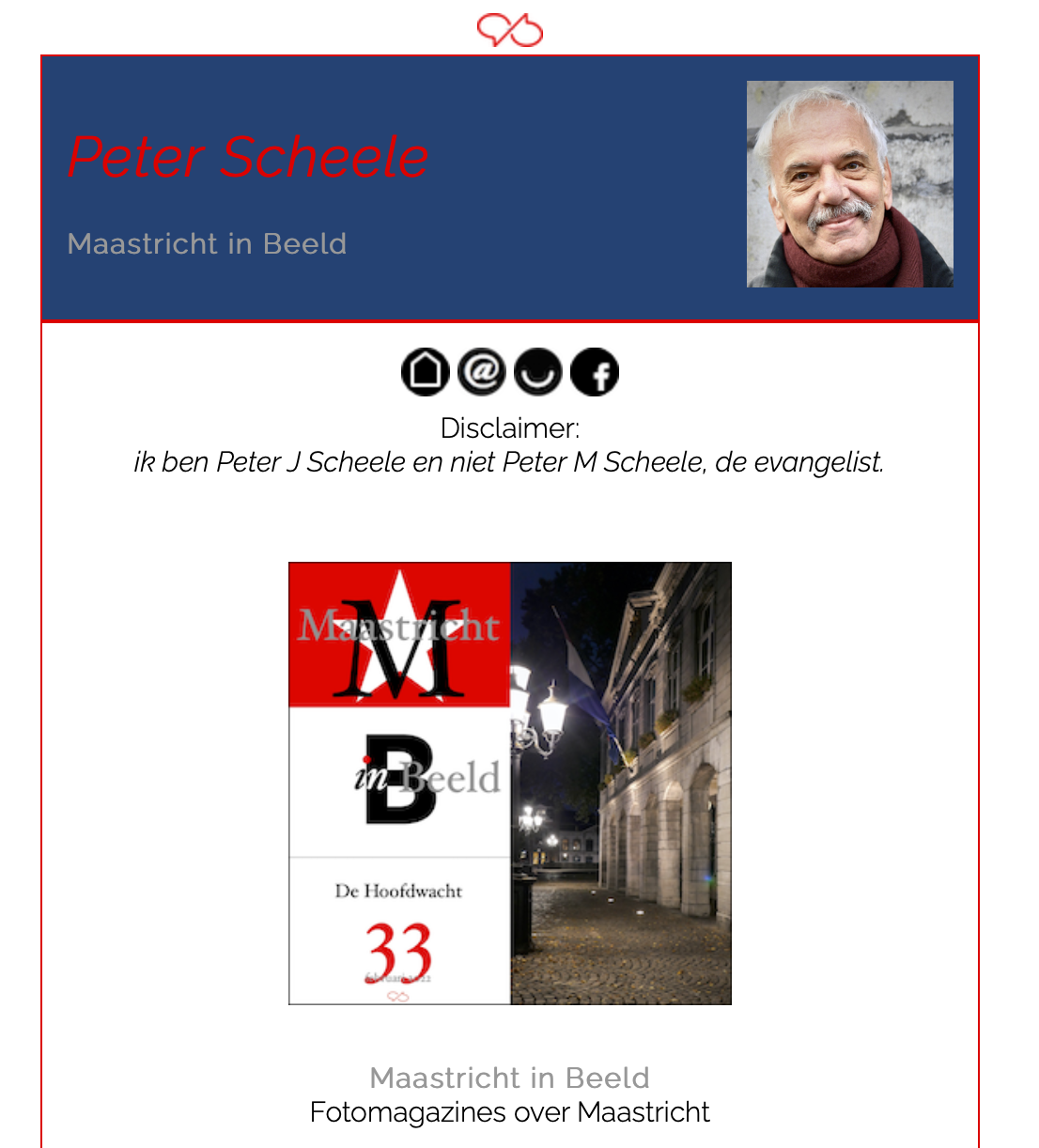
Maastricht in Beeld, de magazines - Peter Scheele
Mijn digitale fotomagazines Maastricht in Beeld. © Peter Scheele
Peter Scheele is a good friend from The Netherlands. We have corresponded via social media for some time and I was honoured with his presence during one of my Photography MasterClasses at Stowe House a few years back. He has a real photographer's eye.
Peter has produced a series of photo magazines (in Dutch) with some wonderful architectural photography. Check them out the link below - it's almost as good as being in Maastricht..
My Linktree



Member discussion